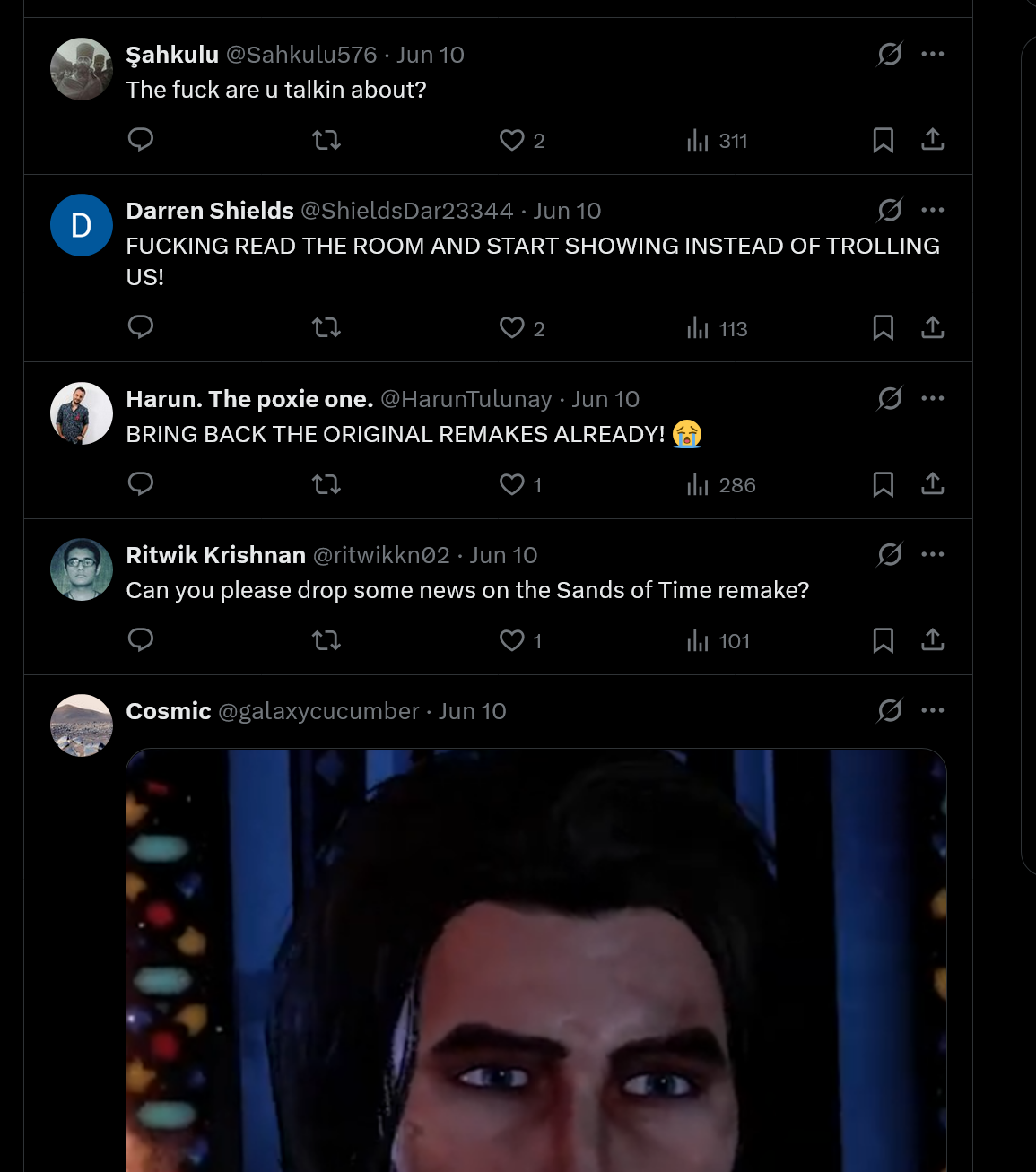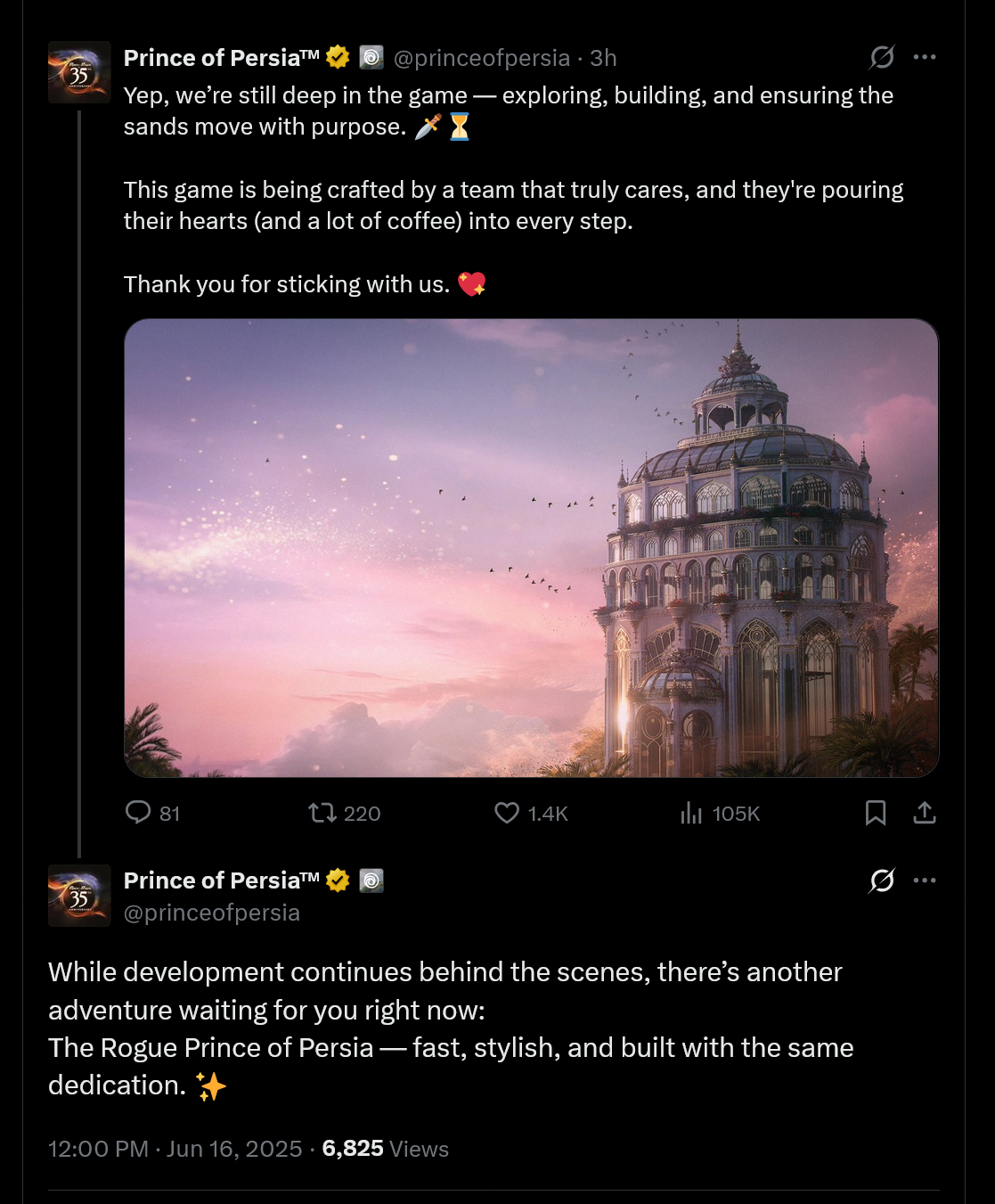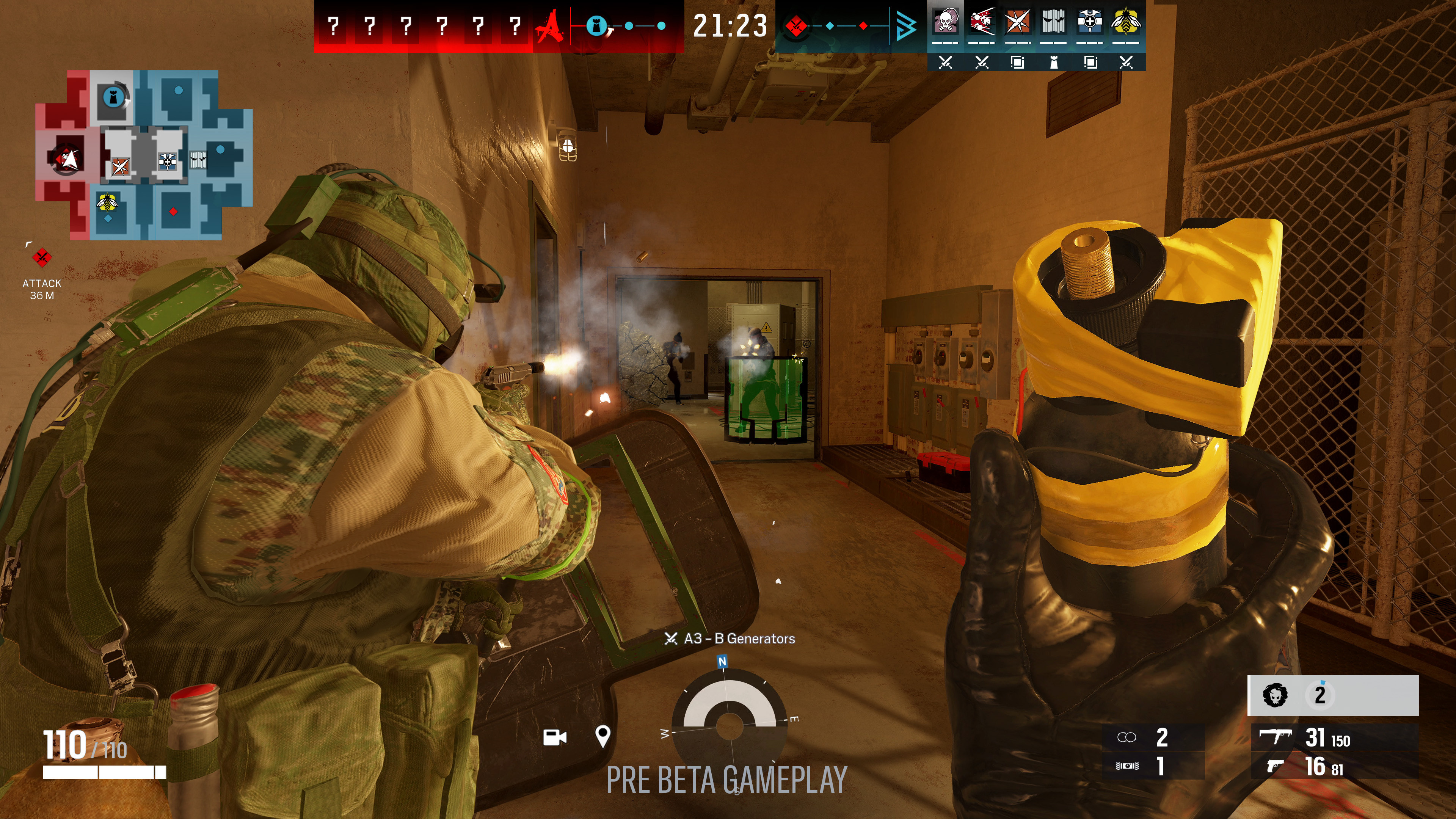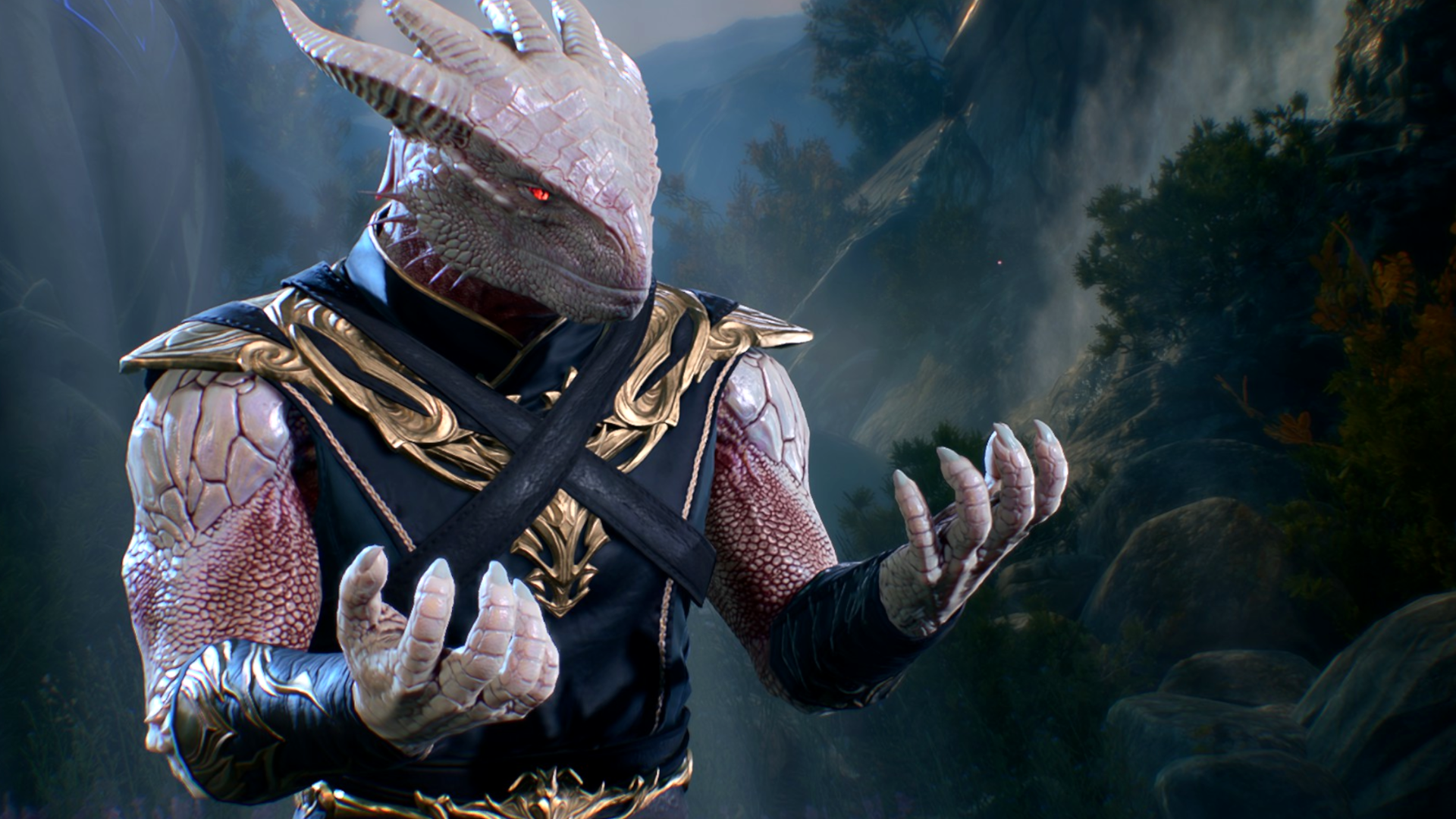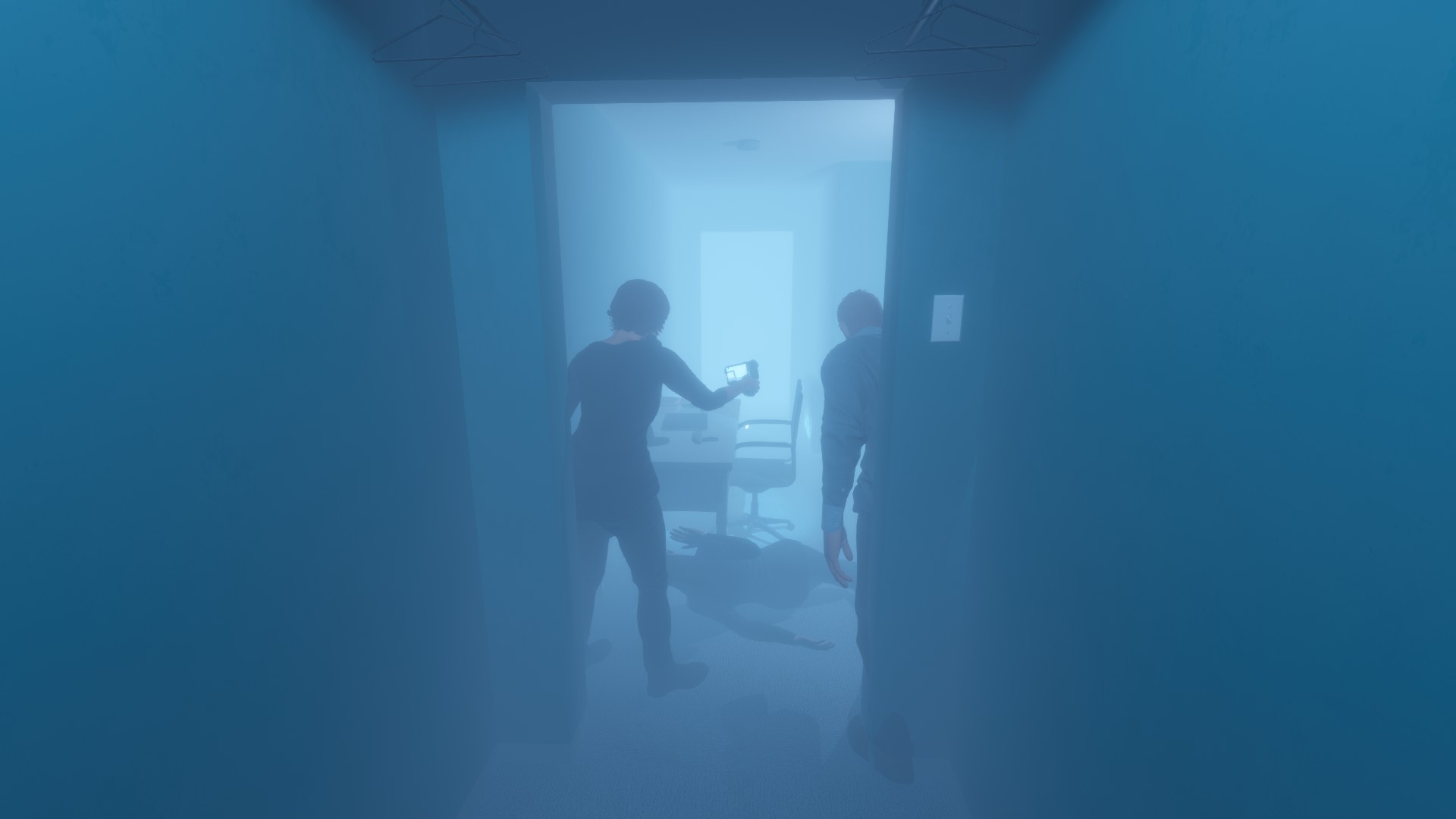Angelos Mako was seven years old when he started playing Dungeon Rampage with his older brother, saving the good guys and slaying hordes of evil minions. A decade later, he also saved the game itself.
Dungeon Rampage was a simple Facebook game, a cartoony hack-n-slash that was procedurally generated, so the dungeons were always a little different. But for Mako, it was also an escape.
"My parents were going through a very nasty divorce. Dungeon Rampage was there for me. Every time they would fight, I would go into another room and I would play," says Mako, now 18, from his home in Greece. "It took care of me when I didn't have any other toys."
The end of the dungeon
Mako played DR daily, mostly on a computer he shared with his brother at home. It was a popular game in its time: More than two million people hopped in each month, and Mako was one of them for five years straight. Then the unthinkable happened.
"I came from school one day and saw a message Dungeon Rampage had shut down, and I was like, 'What?! Why?'" he says. "I couldn't fathom it. I couldn't understand why it happened. But even from that moment, I said that I'm going to find a way to get this back again. I had no clue how, but I had a dream."
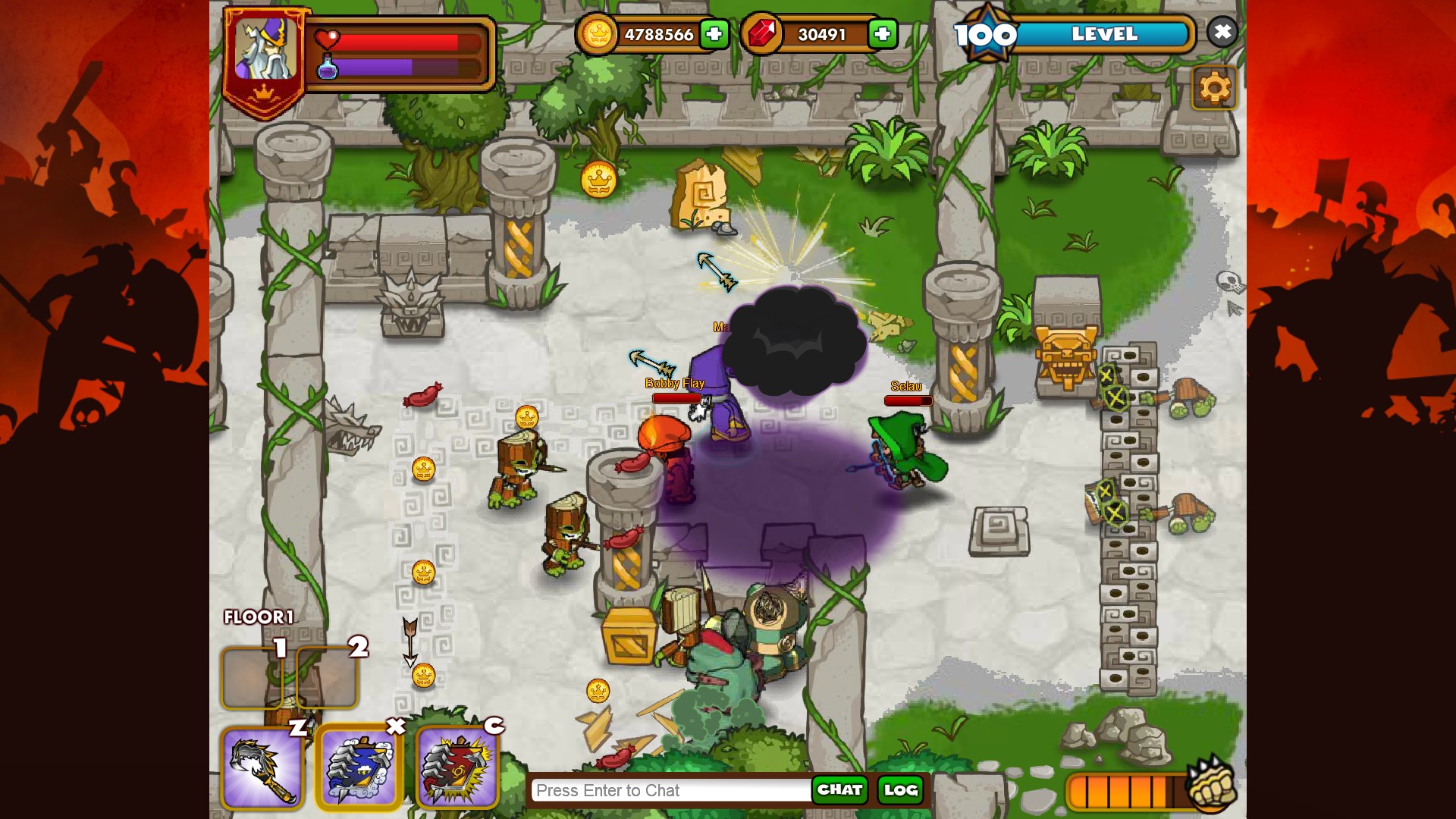
Dungeon Rampage was played by millions back when Facebook games were thriving. (Image credit: Gamebreaking Studios)
Still, Mako was only 10, had school to attend, and the dream had to wait. He got into mods in Minecraft, played some Roblox, and years later met a creator in a Roblox game. They bonded, and he did some apprenticeships on that team's game, in Unity. While he was doing that, four years later, he ran across a Discord server that was trying to remake Dungeon Rampage and decided to join.
I said, 'Okay, I'm starting from scratch. I'm taking initiative.' And I went directly to try and get the copyright of Dungeon Rampage.
Angelos Mako
"I really liked the vision," he says. But practical problems and volunteer developers meant the group didn't make a ton of progress, and they were trying to reinvent the game, rather than restore the original. Mako took over the project in 2024.
"I didn't know that making a game is pretty hard," he says, laughing. At the same time, people were joining the server and asking a key question: What happened if the original developers chose to copyright strike the remake?
"We were like, 'Oh yes, that's a very big problem.' I was fed up. I wanted this to come to life," Mako says. "I said, 'Okay, I'm starting from scratch. I'm taking initiative.' And I went directly to try and get the copyright of Dungeon Rampage."
The sleuthing starts
Mako had the credits screen from the game, and decided that he'd make a LinkedIn account and message everyone he could find. "People replied, actually. That's the weird part."
He spoke with Jason Young, the original creative director, who said that the attempt to remake Dungeon Rampage was a cool project, but that he needed to speak with Mike Goslin, Rebel Games' original general manager. One thing led to another: He spoke to Goslin on the phone, who then introduced him to the CEO of the parent company—and he got his license agreement.
Mako was ecstatic. Only one thing brought him back to earth: "Because I started from scratch again, we didn't really have a game," he says. So he talked with all the developers of the original game that he could find. The original lead artist got him some art source files. But no one seemed to have the code.
Image 1 of 5

(Image credit: Gamebreaking Studios)Image 2 of 5
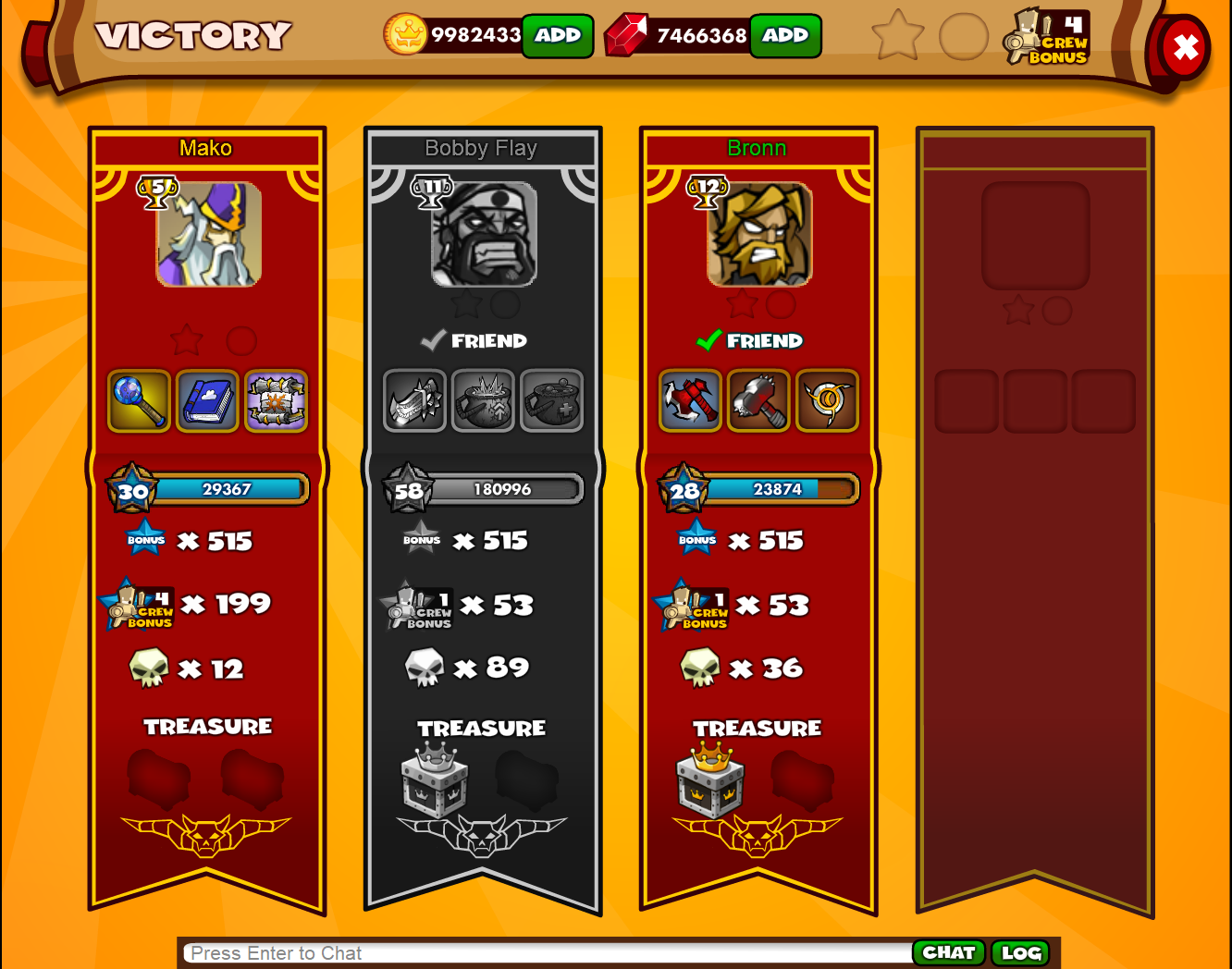
(Image credit: Gamebreaking Studios)Image 3 of 5
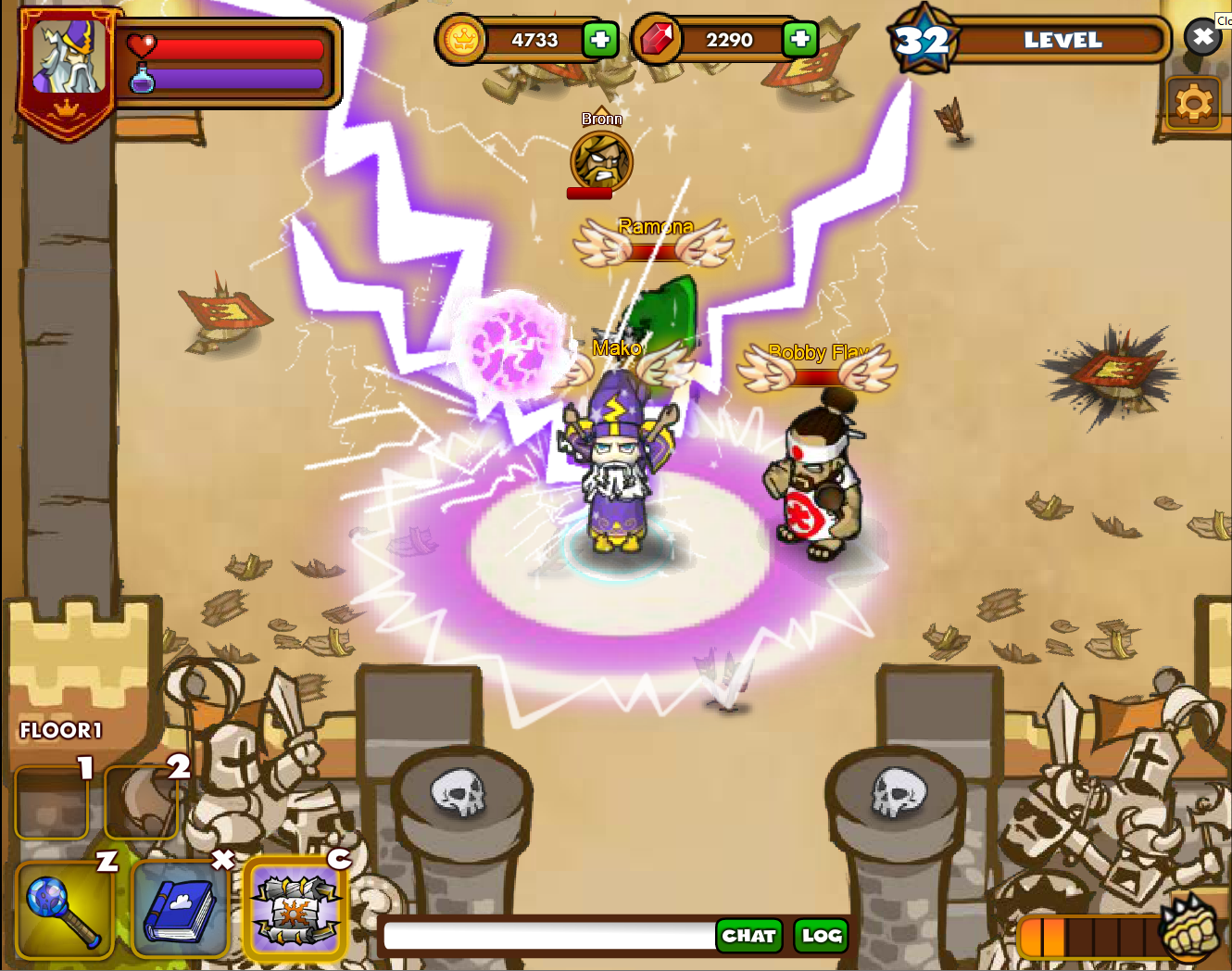
(Image credit: Gamebreaking Studios)Image 4 of 5

(Image credit: Gamebreaking Studios)Image 5 of 5

(Image credit: Gamebreaking Studios)
About the same time, he had read the book Level Up! The Guide to Great Video Game Design, written by Scott Rogers. Buoyed by his recent success contacting people on LinkedIn, he attempted to connect with Rogers—who accepted. A short time later, Rogers posted a message on the platform saying Gamebreaking Studios was looking for clients for co-development.
Mako messaged him to ask exactly what that was, and before he knew it, they were discussing a deal to remake Dungeon Rampage as a Steam game using Unity. But the money just wasn't working out.

Gamebreaking Studios CEO Taylor Hellam (Image credit: Gamebreaking Studios)
"My first engagement was getting added to a LinkedIn message," Gamebreaking CEO Taylor Hellam said. "'Hey, Angelos is making this game. He wants our help. He wants to know how much it would cost to remake Dungeon Rampage.' The first thing I did was click on the Steam page and I'm like, this is a preexisting game. Does he actually have the IP license to this thing? My first reaction was suspicion. Pretend he does have the IP license, what would it cost us to make this from scratch?"
They couldn't come to an agreement that worked, and the project seemed destined to stall again. Mako had no budget, the studio had no capital for the project, and discussions with publishers were promising but not particularly fruitful.
A careful girl saves the day
Finally, Mako tracked down the last engineer on the project, and they started to chat.
It turned out he might have the files of the last build on a laptop—only he had given it to his seven-year-old daughter to play with.
...When we got the source code off of a laptop and were told that this hasn't been running in years, we were like, 'We could solve this thing.'
Gamebreaking CEO Taylor Hellam
Miraculously, the laptop—and the files—were still intact. "We were very happy that she didn't accidentally delete the files," Mako says with a laugh. Now Gamebreaking was intrigued, Hellam said.
"We're obviously really moved by Mako's story and his passion," he says, "but also we're a sucker for a good technical challenge. So when we got the source code off of a laptop and were told that this hasn't been running in years, we were like, 'We could solve this thing.' "
Gamebreaking agreed to partner with Mako to update the files and release the game, and got to work. It turned out to be a tougher challenge than they expected; it wasn't just a Flash game, it was Flash and C++ and a PHP backend, and when one part got fixed, it seemed one of the other pieces would break.
The first boot
Finally there came a day when it seemed like all three might be working, and Hellam urged Mako to jump on a video call to give it a test. They had been talking for three months at that point.
At first, the game just threw another error. "I thought I was trolling," Hellam says. But then a magical thing happened: It ran. Hellam recorded the call—you can watch that moment live below.
Once they were into the game's lobby, it was only a matter of minutes before the two were playing the game. Buggy, misbehaving, occasionally perplexing—but it was alive again. Mako was a little teary-eyed. Hellam was ecstatic.
"I was like, finally we were holding up our end of the bargain!" Hellam says. "It was a really incredible moment watching him play for the first time. And then I didn't hear from him for two days because he was just playing nonstop." Mako says he "missed some dinners" that week. "It was a very emotional time."

The Gamebreaking Studios team. (Image credit: Gamebreaking Studios)
Getting it ready for prime time
They set up a Kickstarter campaign that blew through its $25,000 goal. (It's at $61,000 now; that page includes free demos). The team got access to the original game's Facebook page and gave it a tweak, then watched the excited fans jump on the change.
He was the first person to play this game in over a decade.
Taylor Hellam
"All we did was change the cover photo there and everyone reacted like crazy," Hellam says. "Everyone was like, 'Oh my god, is the game coming back? What's going on?' Over the next week, our wishlists doubled. It was insane."
The game was freemium when it was originally released, but will now be a complete, one-time purchase. It's headed to early access on Steam thanks to Mako and his Gamebreaking partnership. It's on more than 100,000 wishlists, Hellam says.
"He was the first person to play this game in over a decade, which is really cool," Hellam says. "He definitely deserved to be the one to play. He was the one who got it to come back."
"It's a very fun game and it's been a very fun game forever," Mako says. Those first days of playing again "were the first days of discovering fire as a caveman. That's my best analogy of this."
From PCGamer latest via this RSS feed

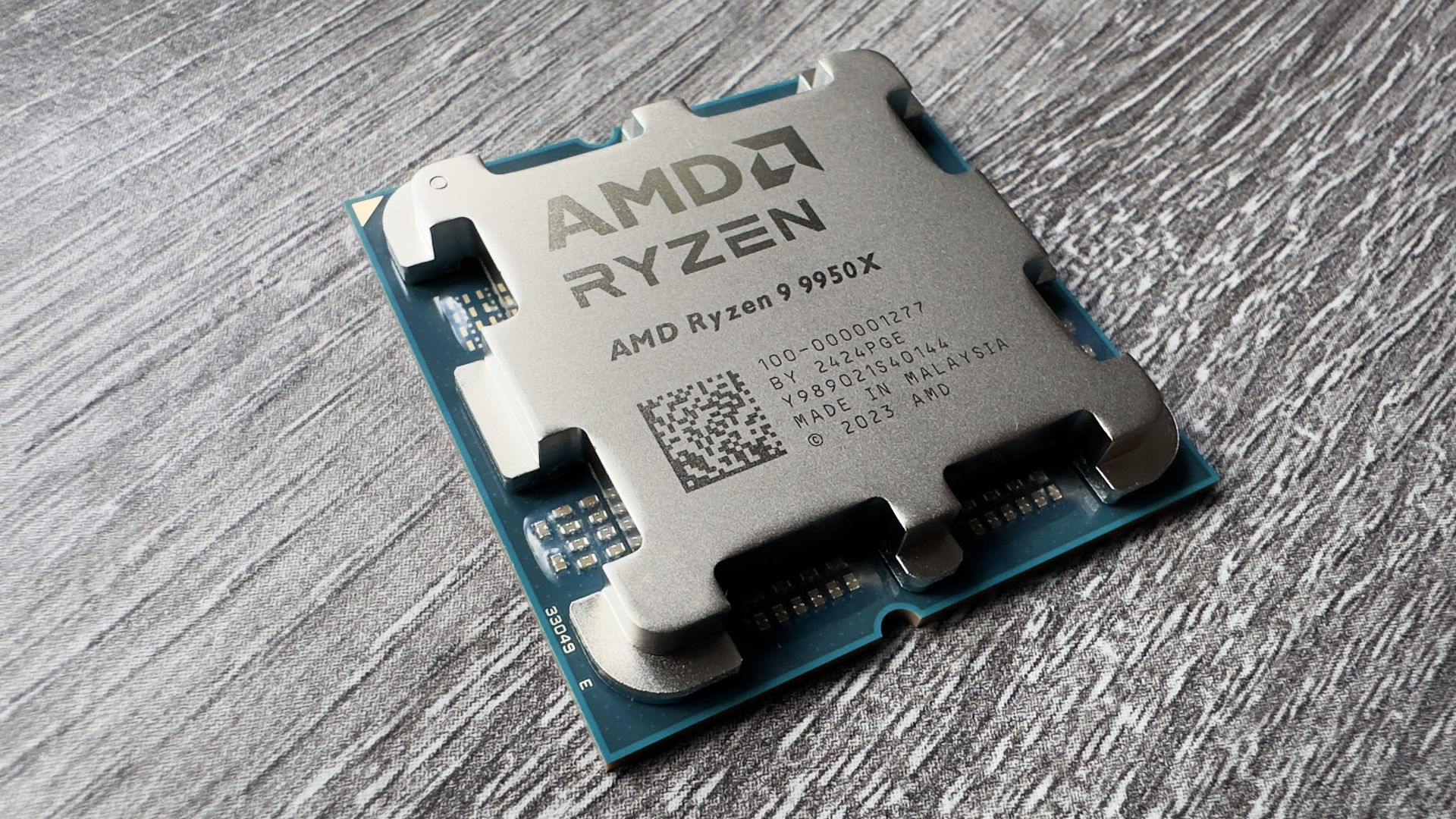
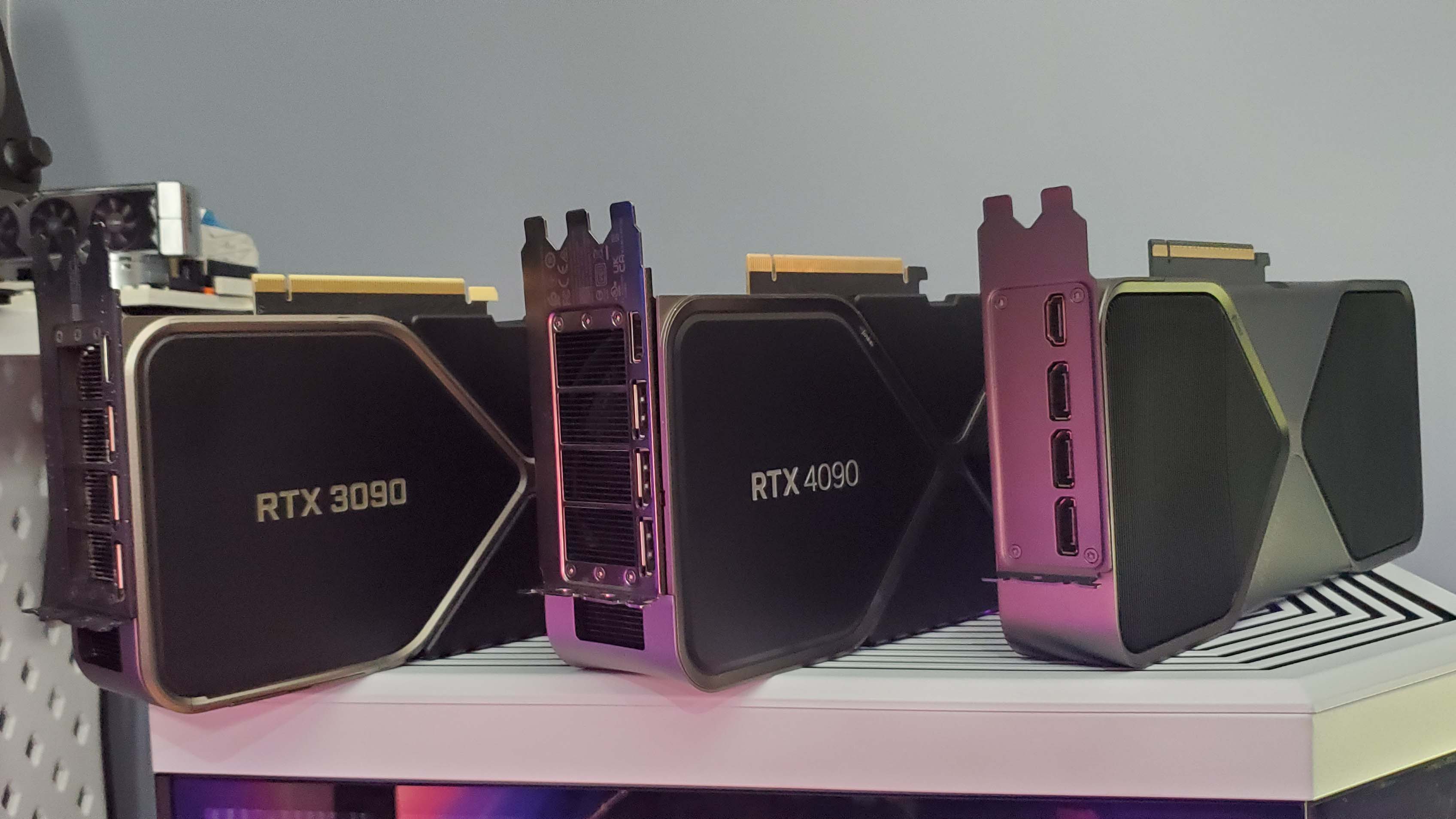
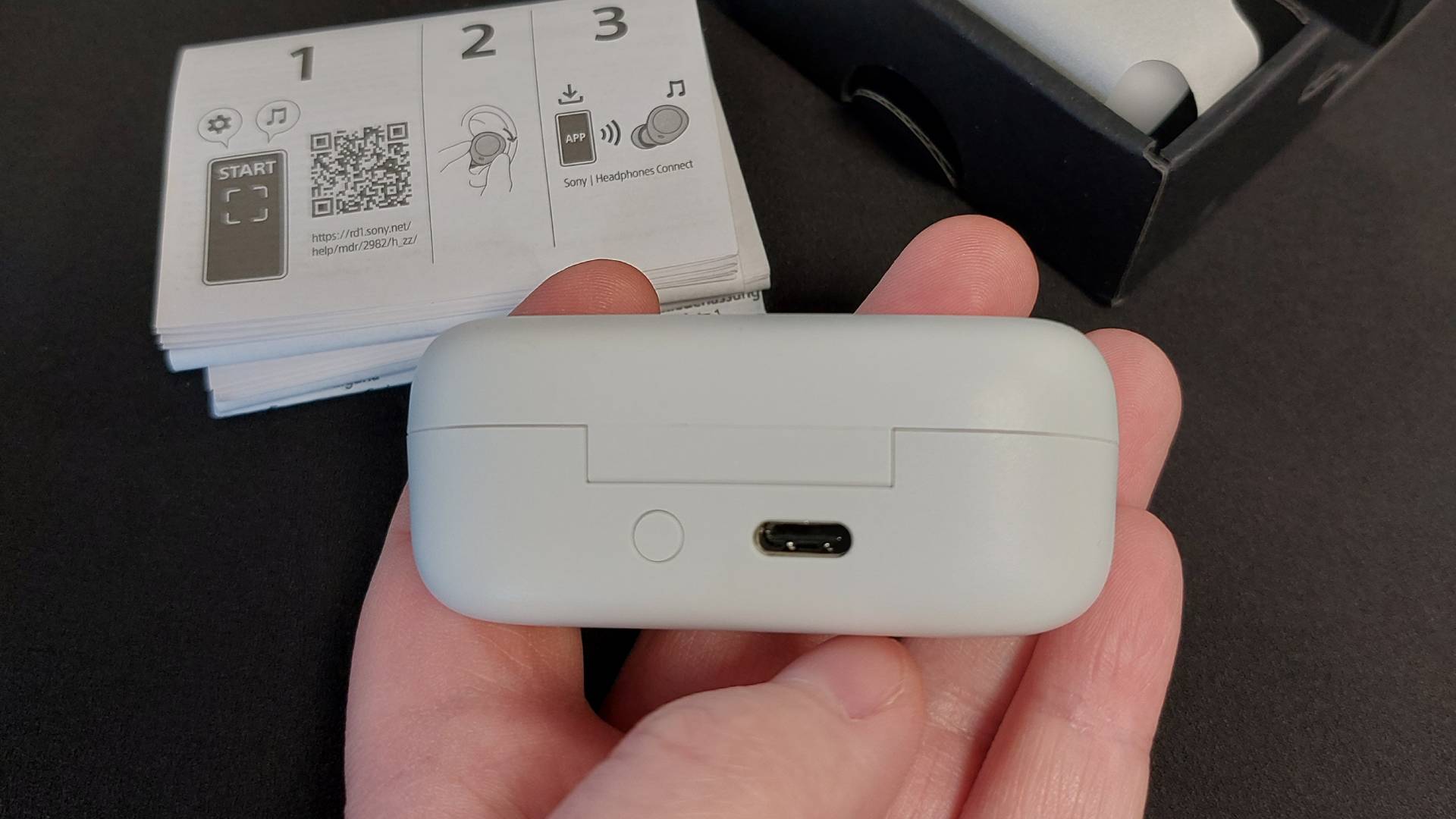


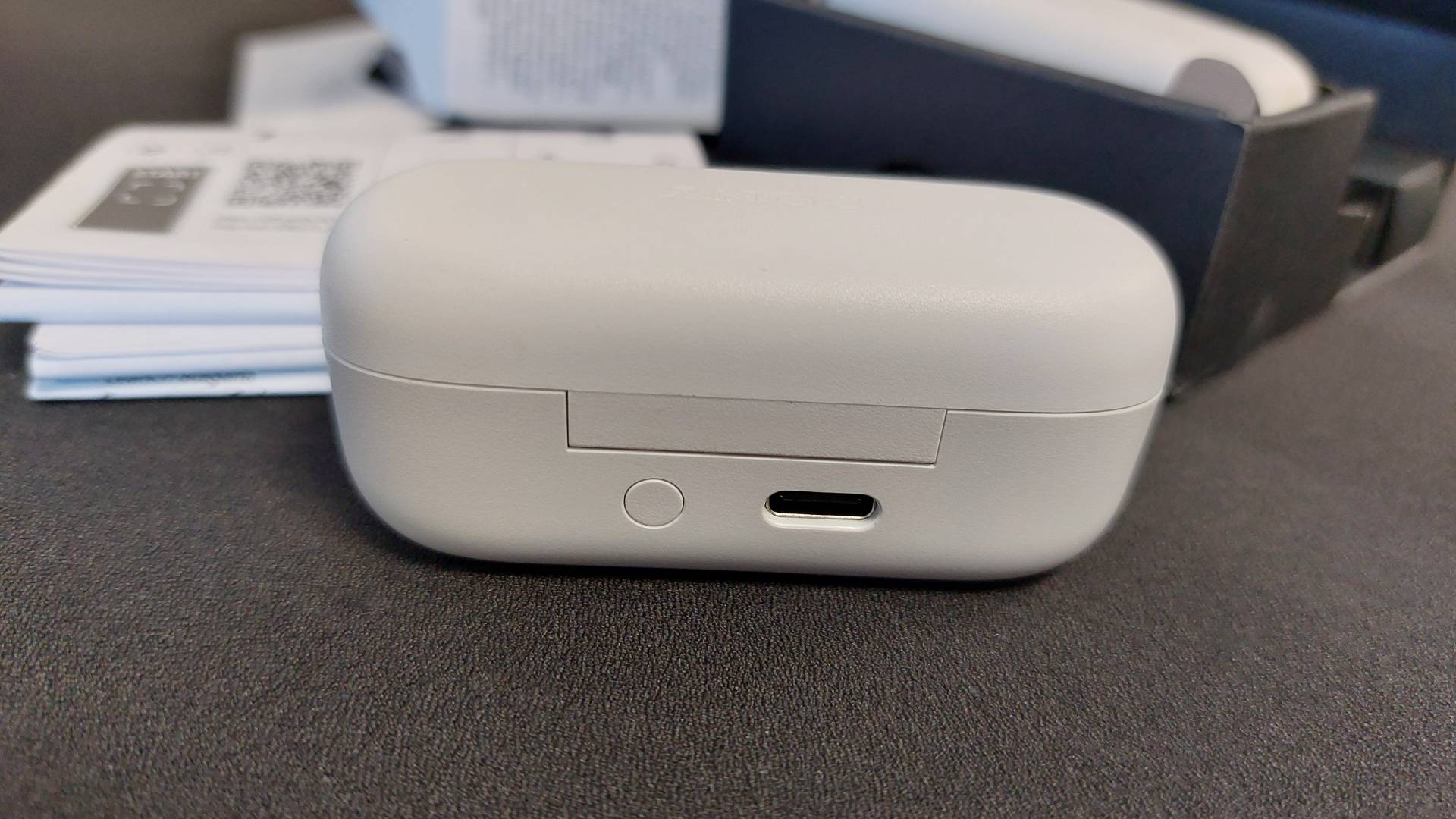
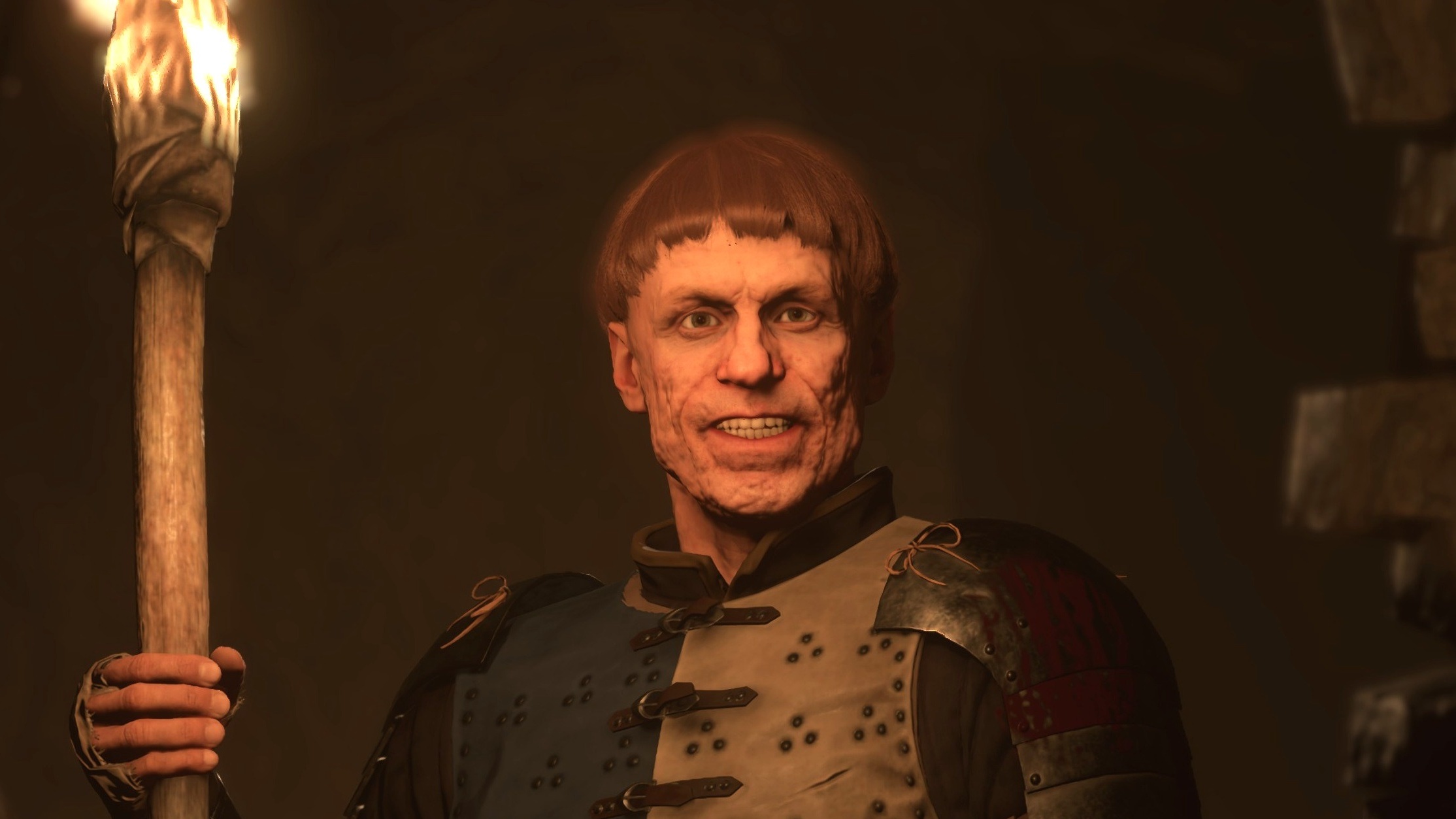
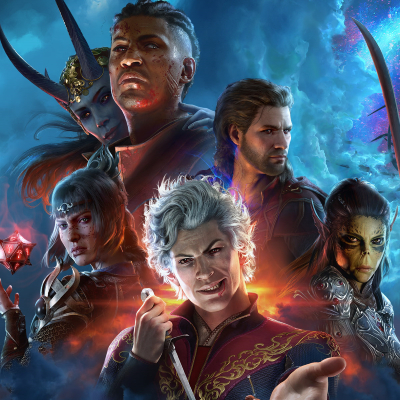
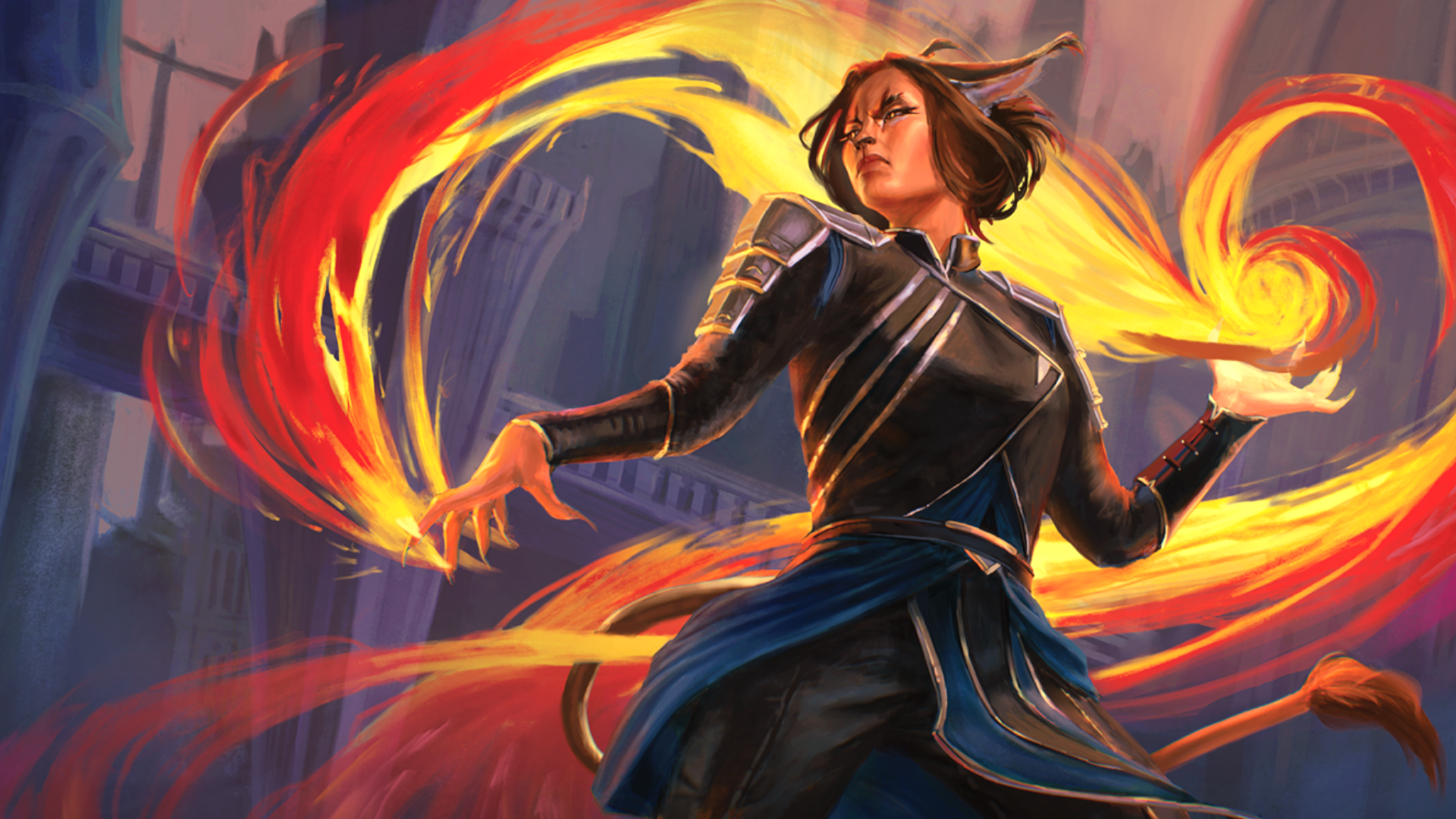
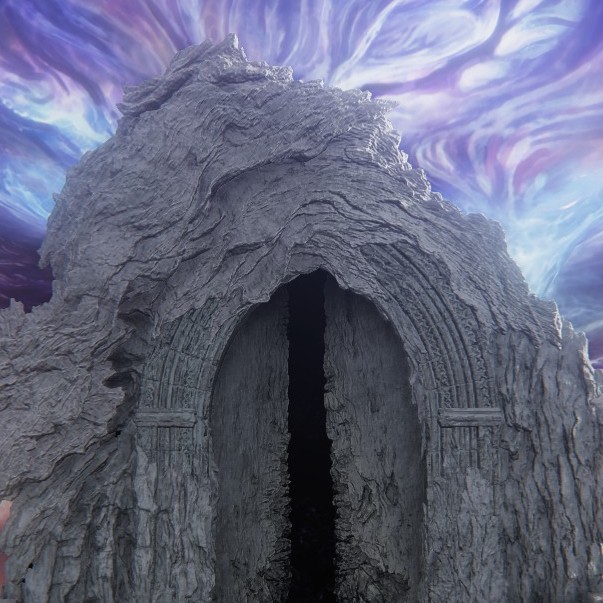

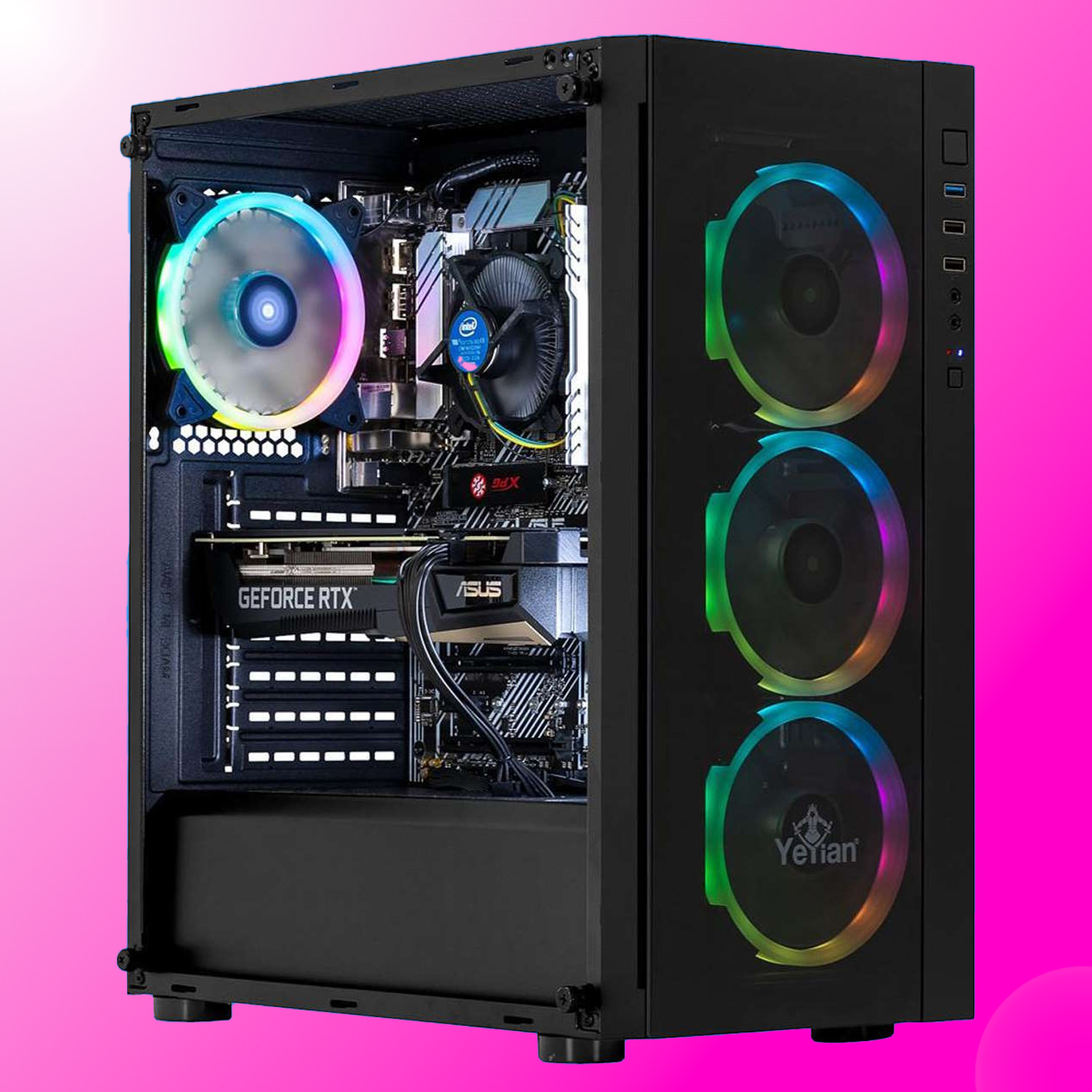

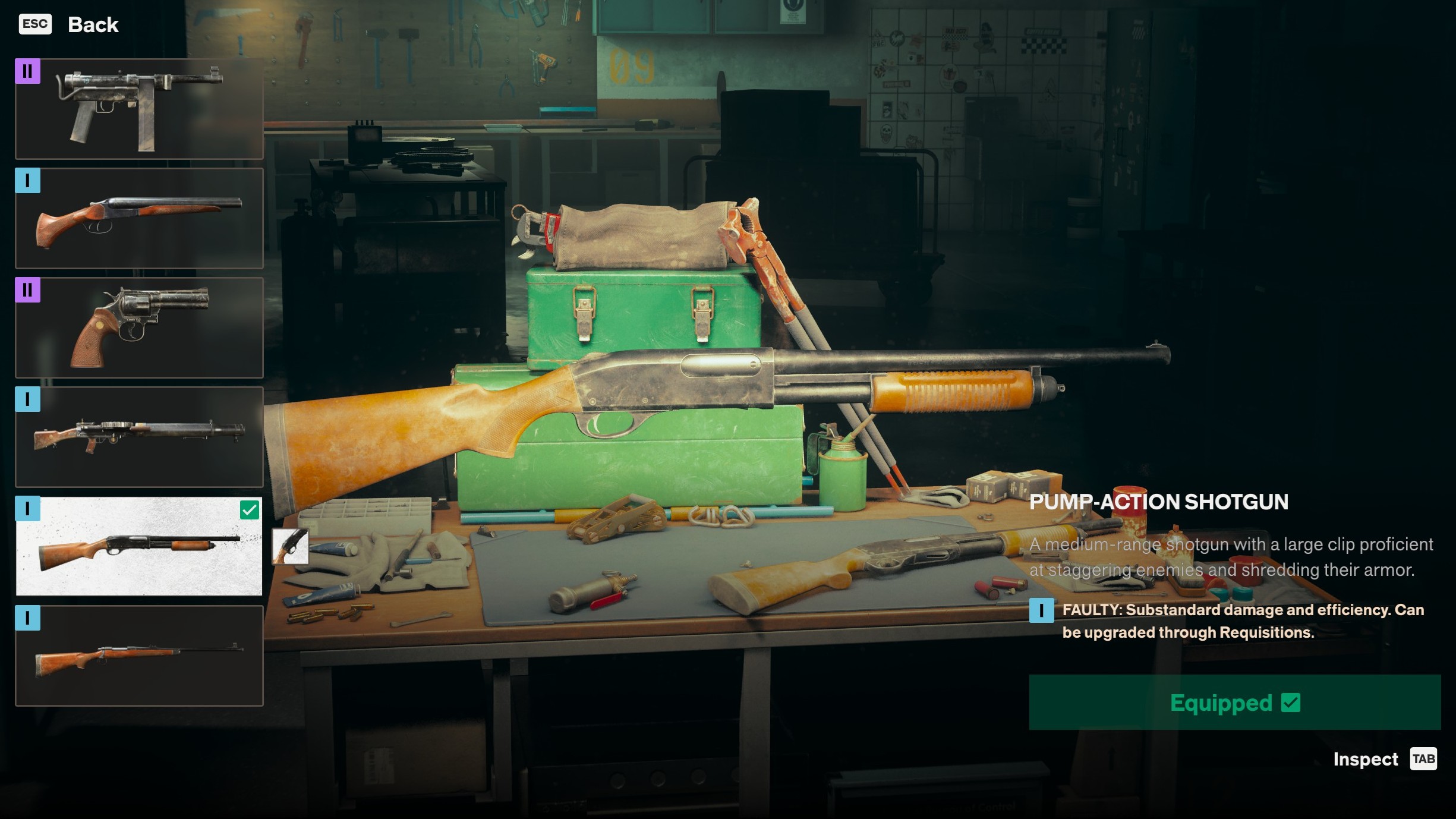
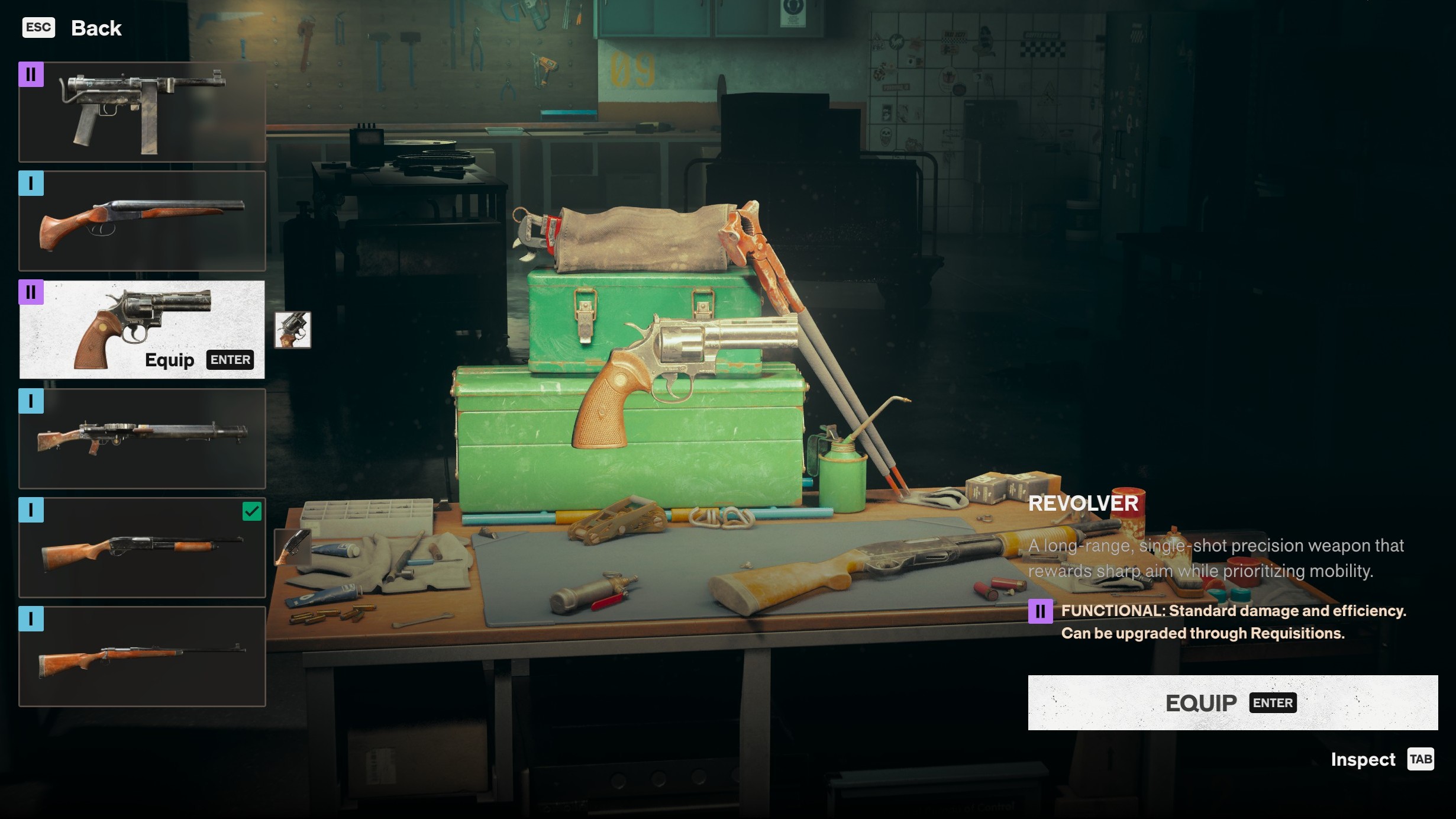

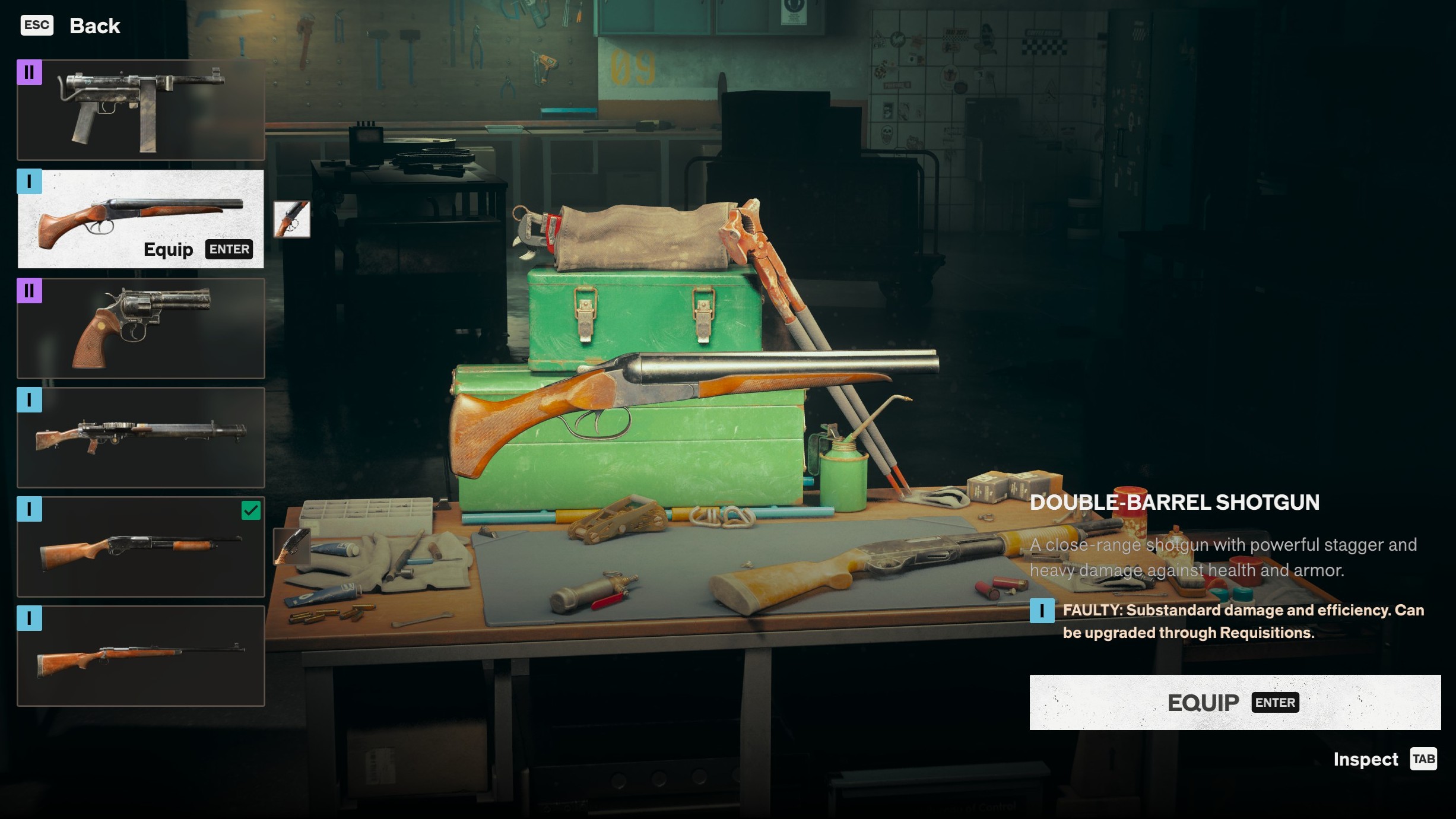
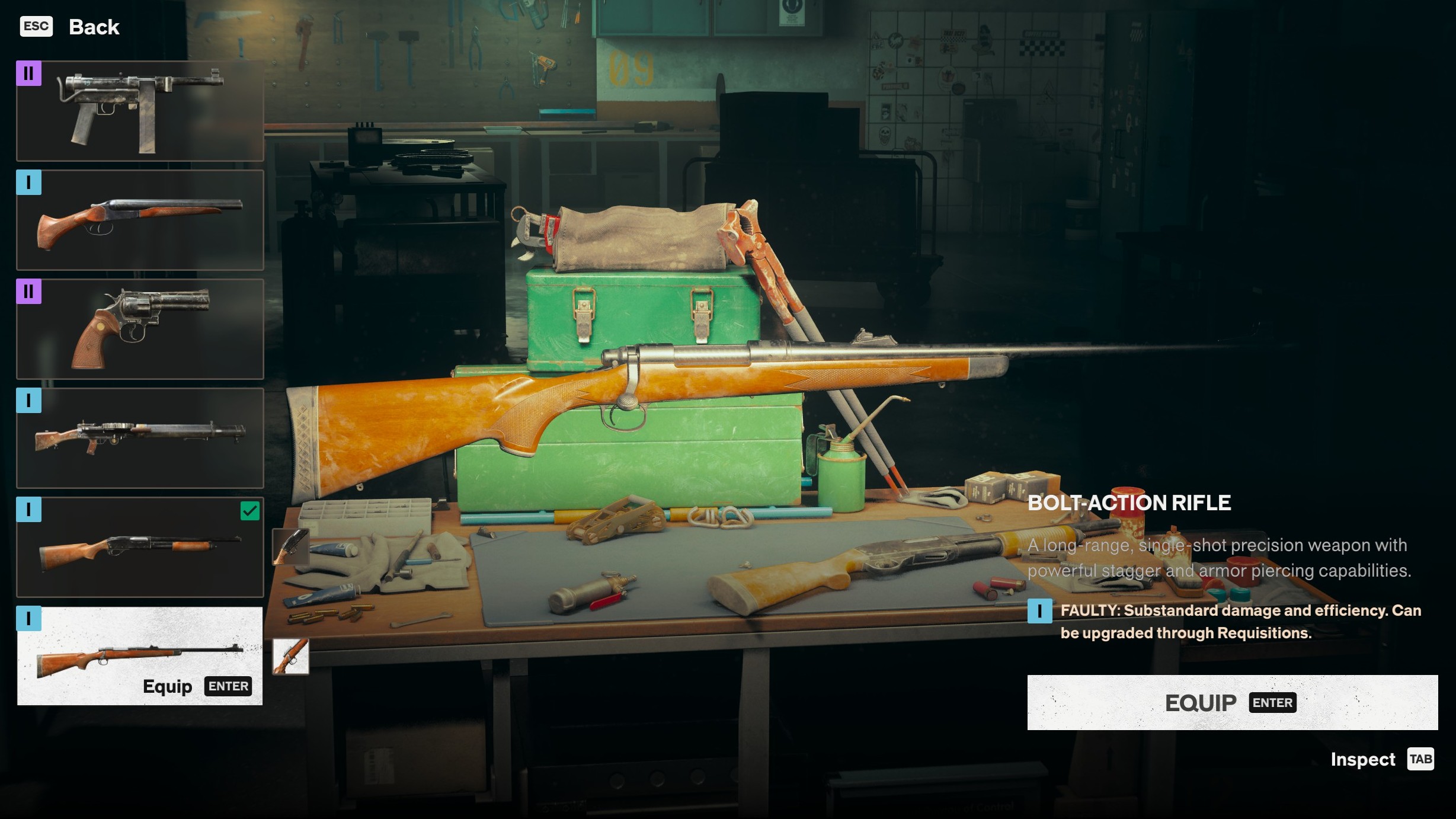




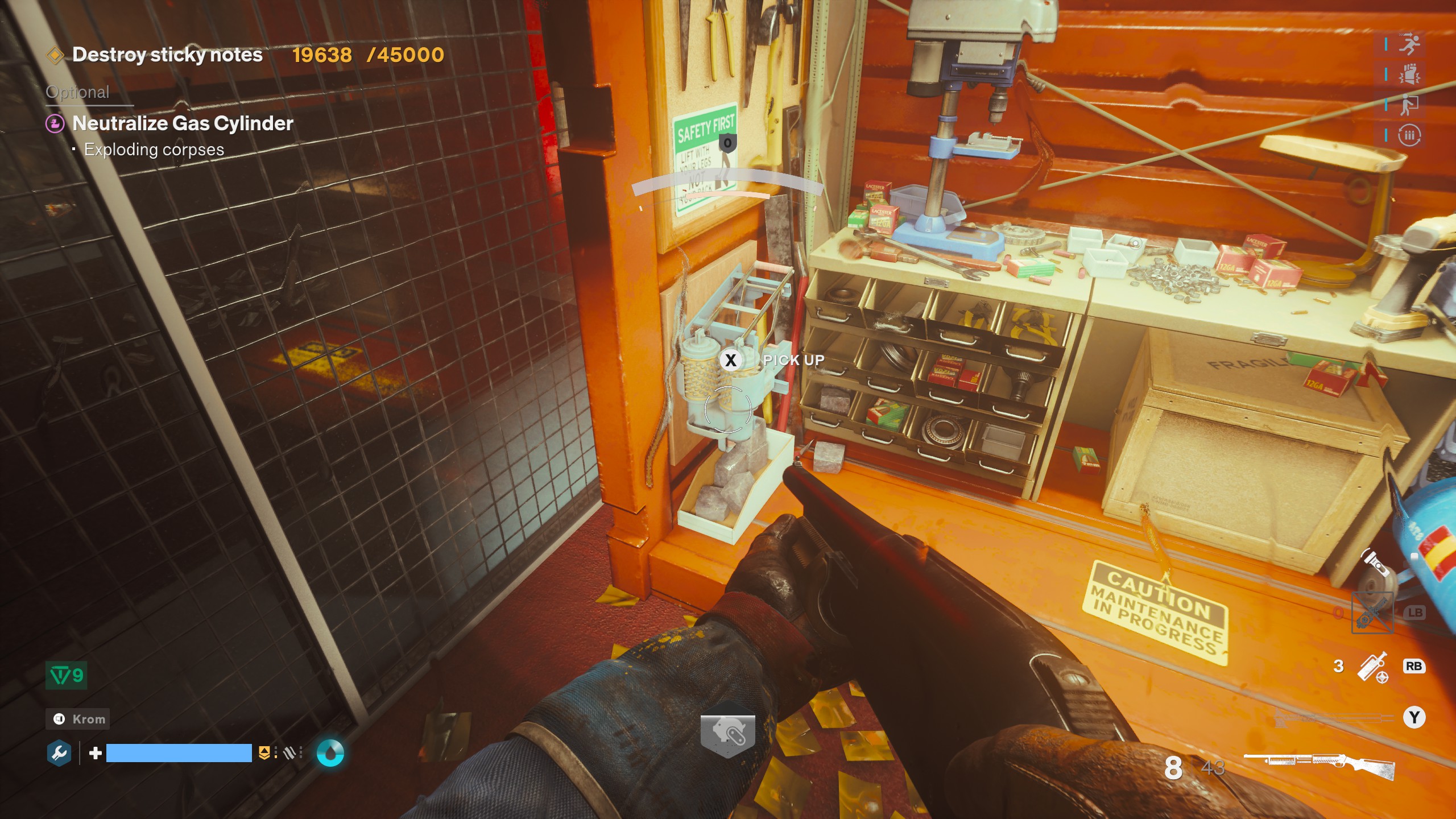
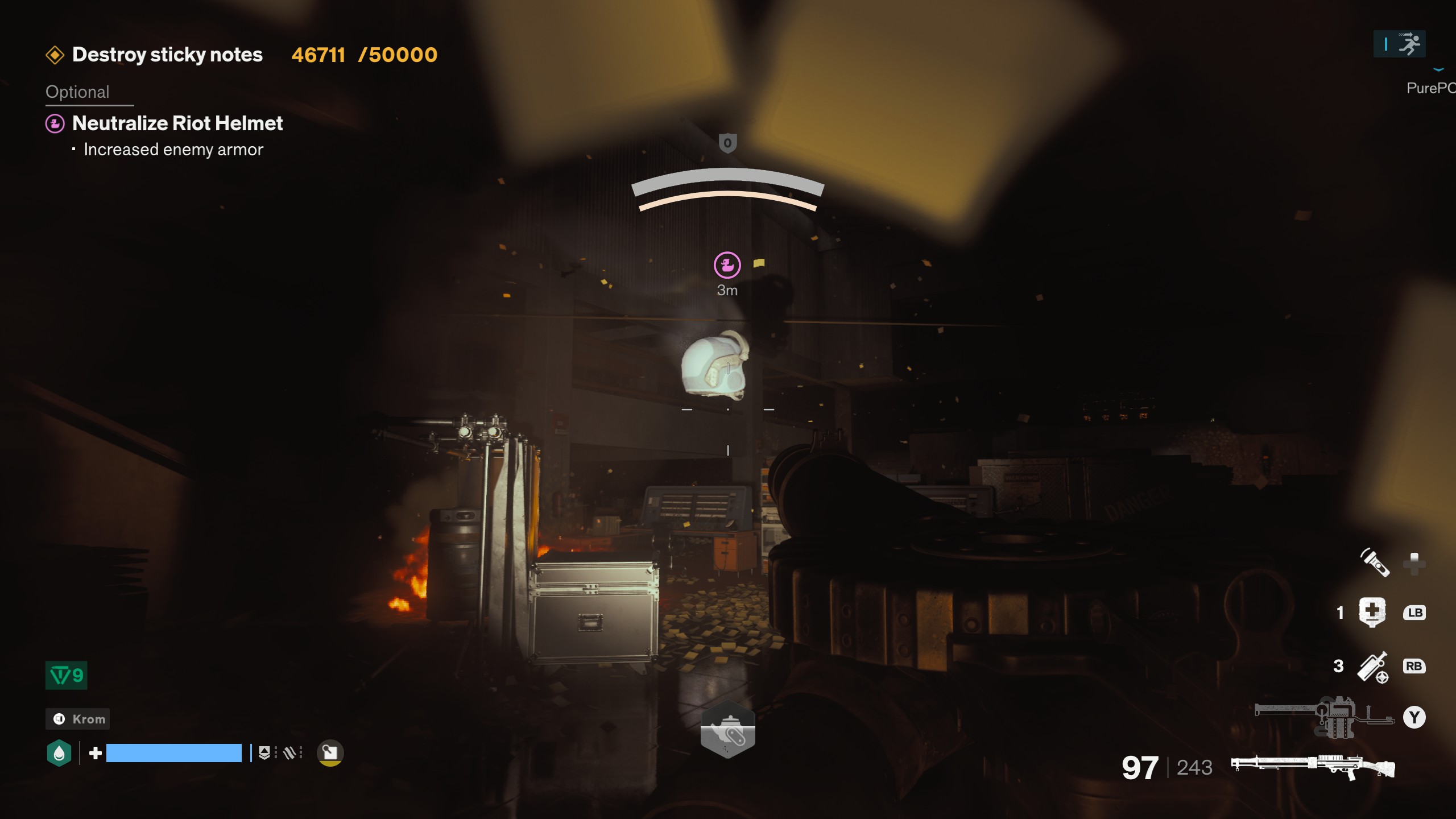
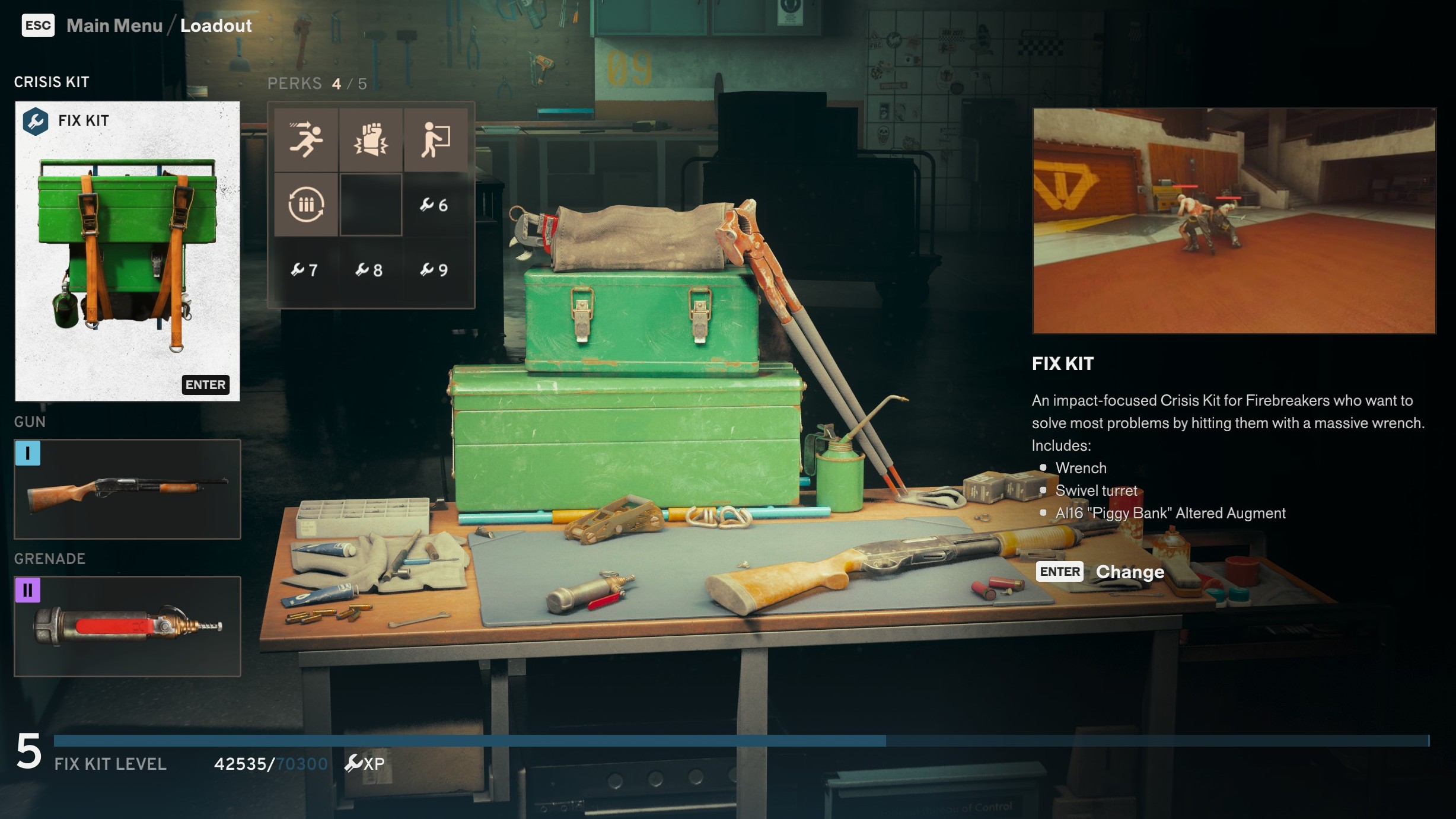


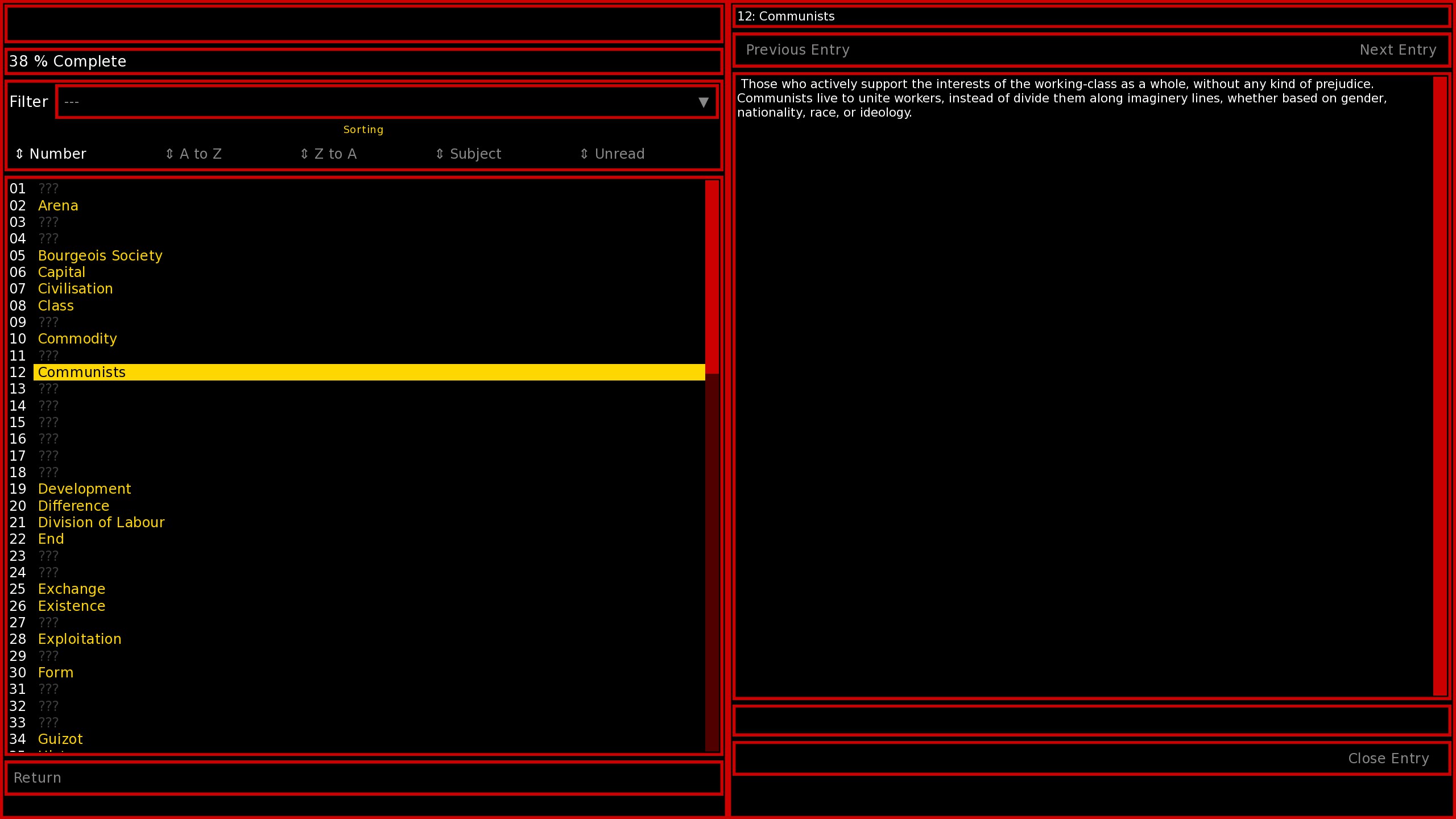

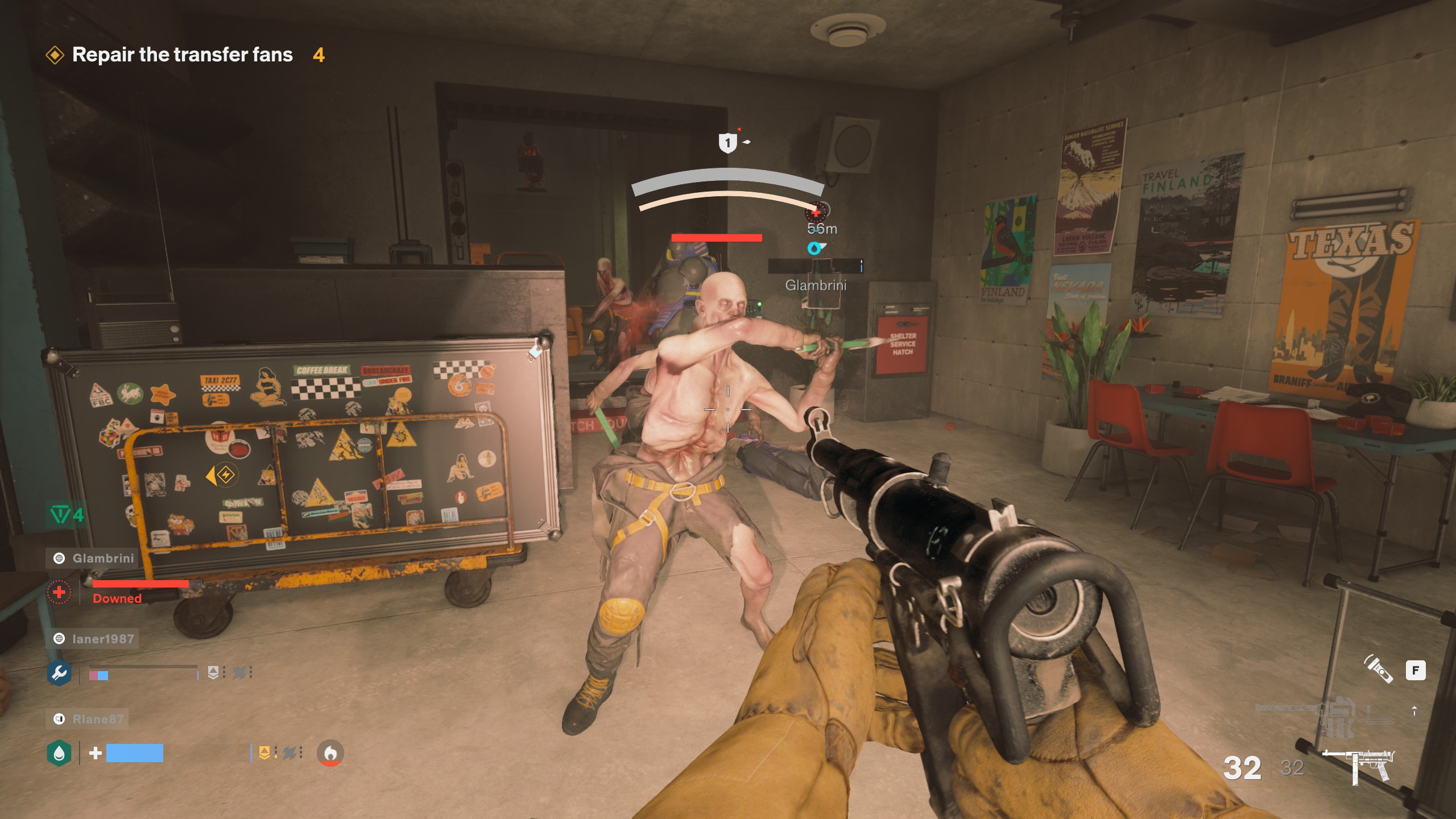
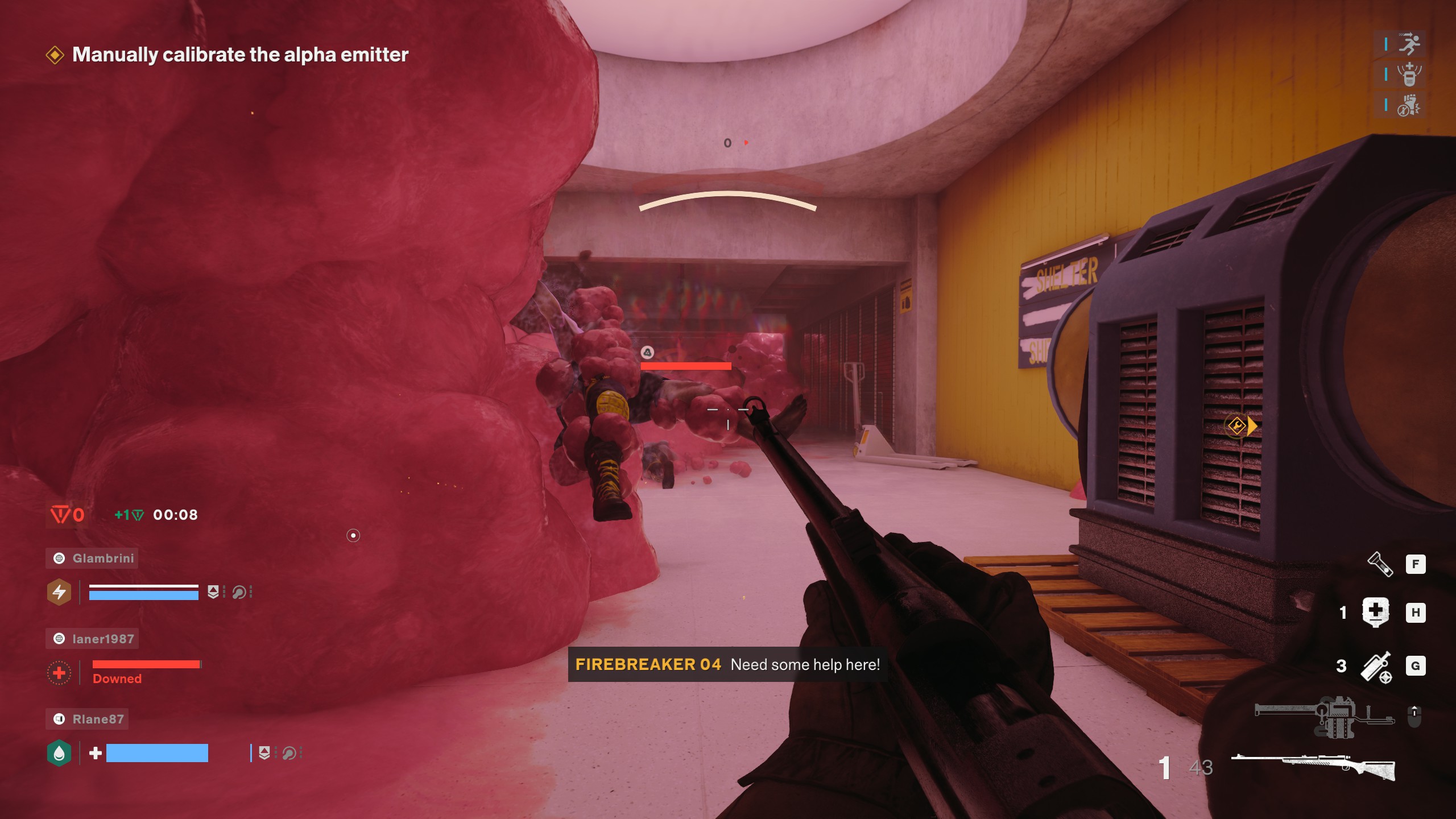


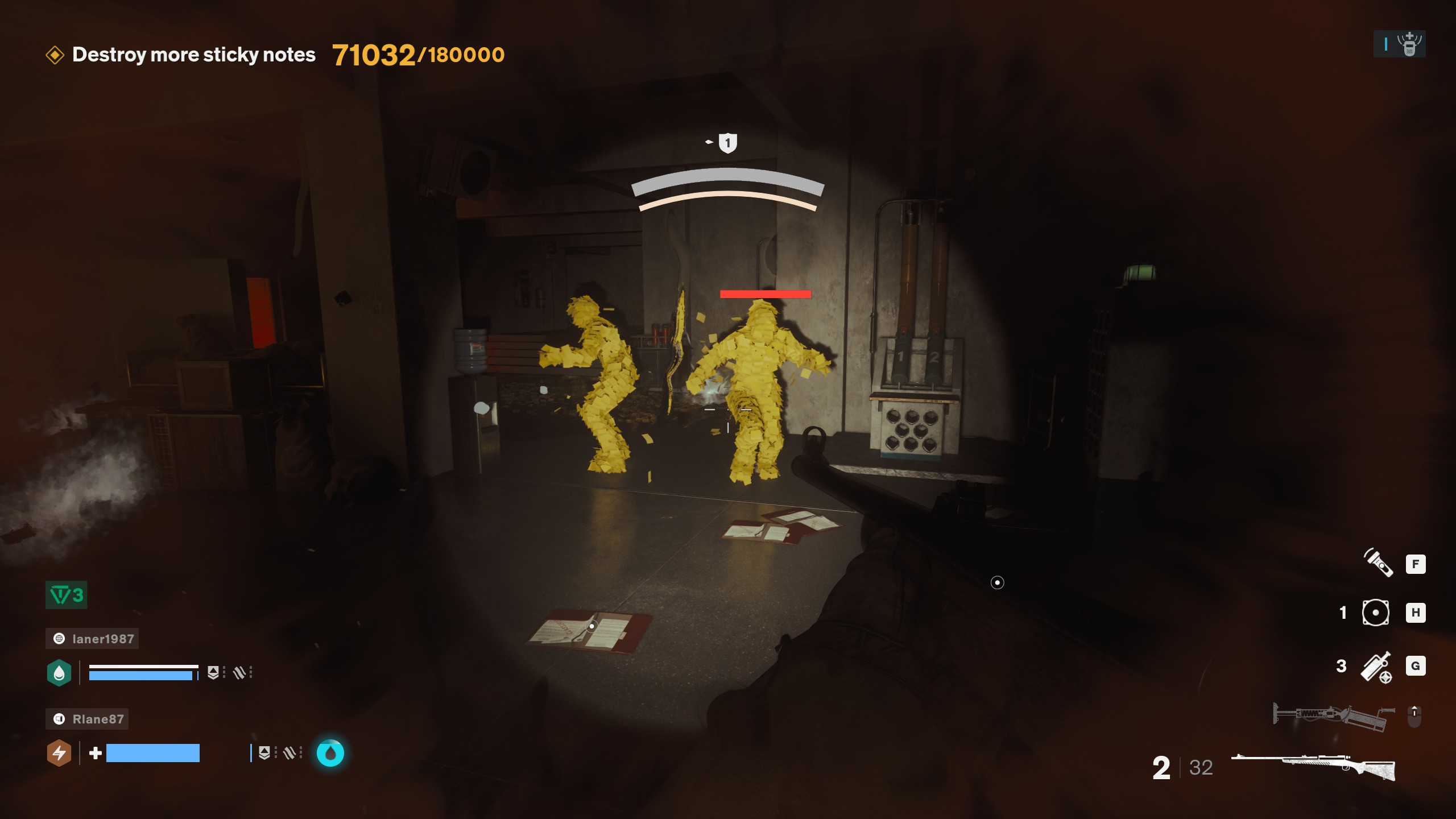
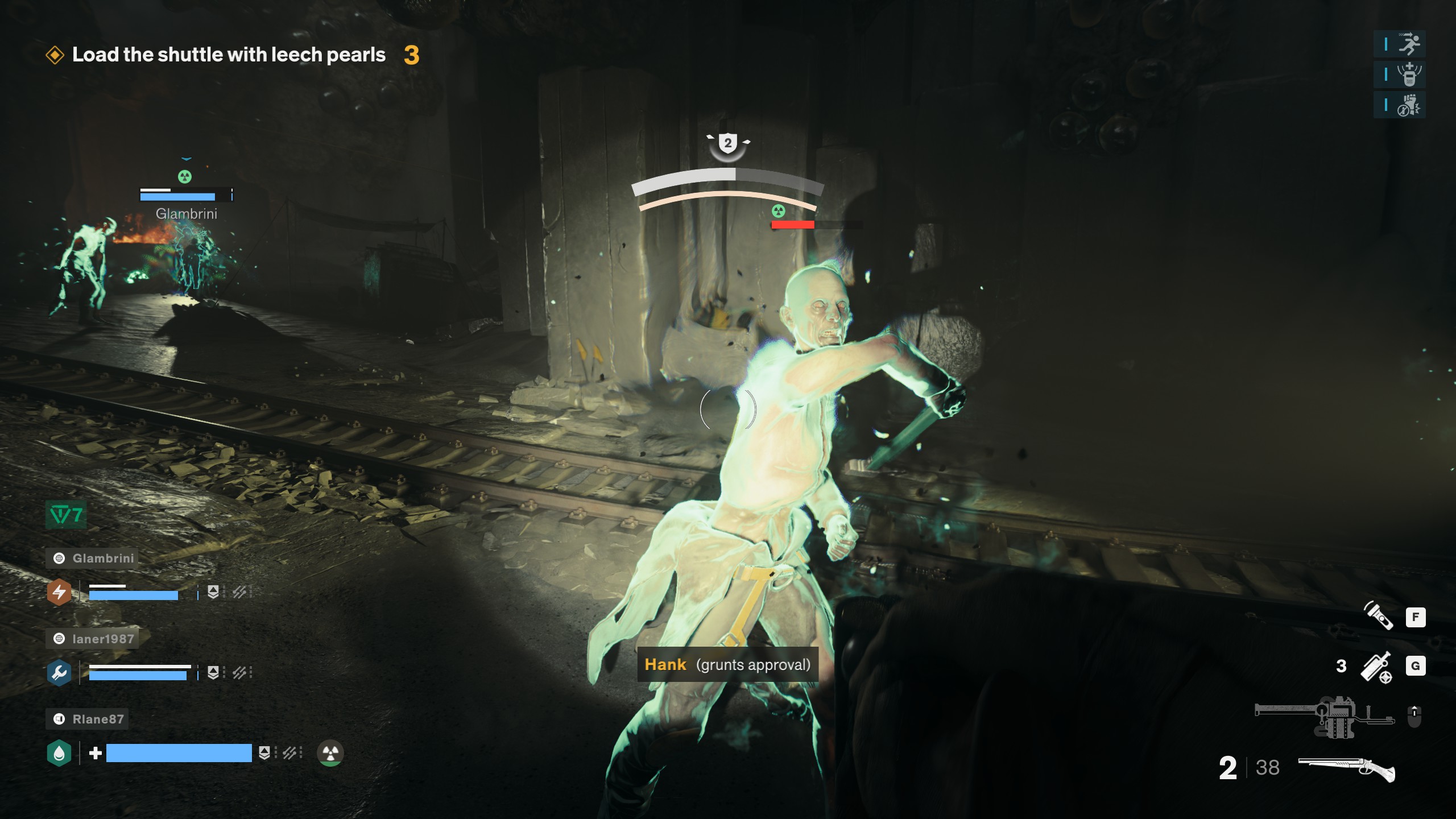
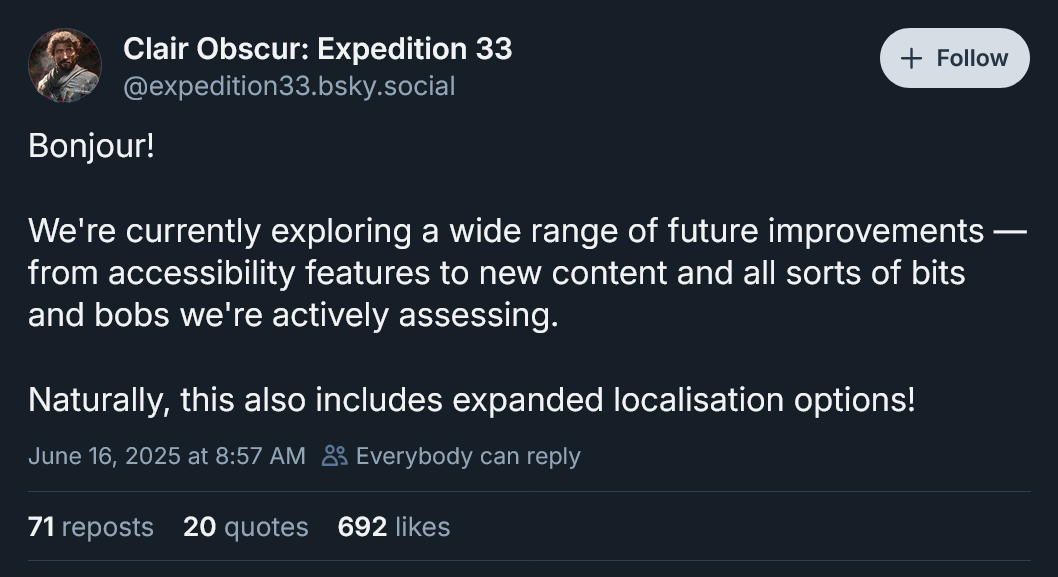



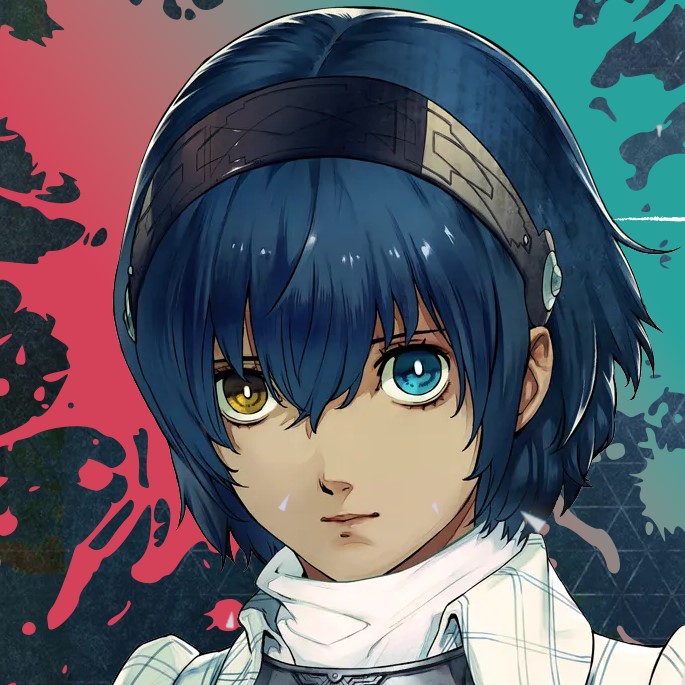
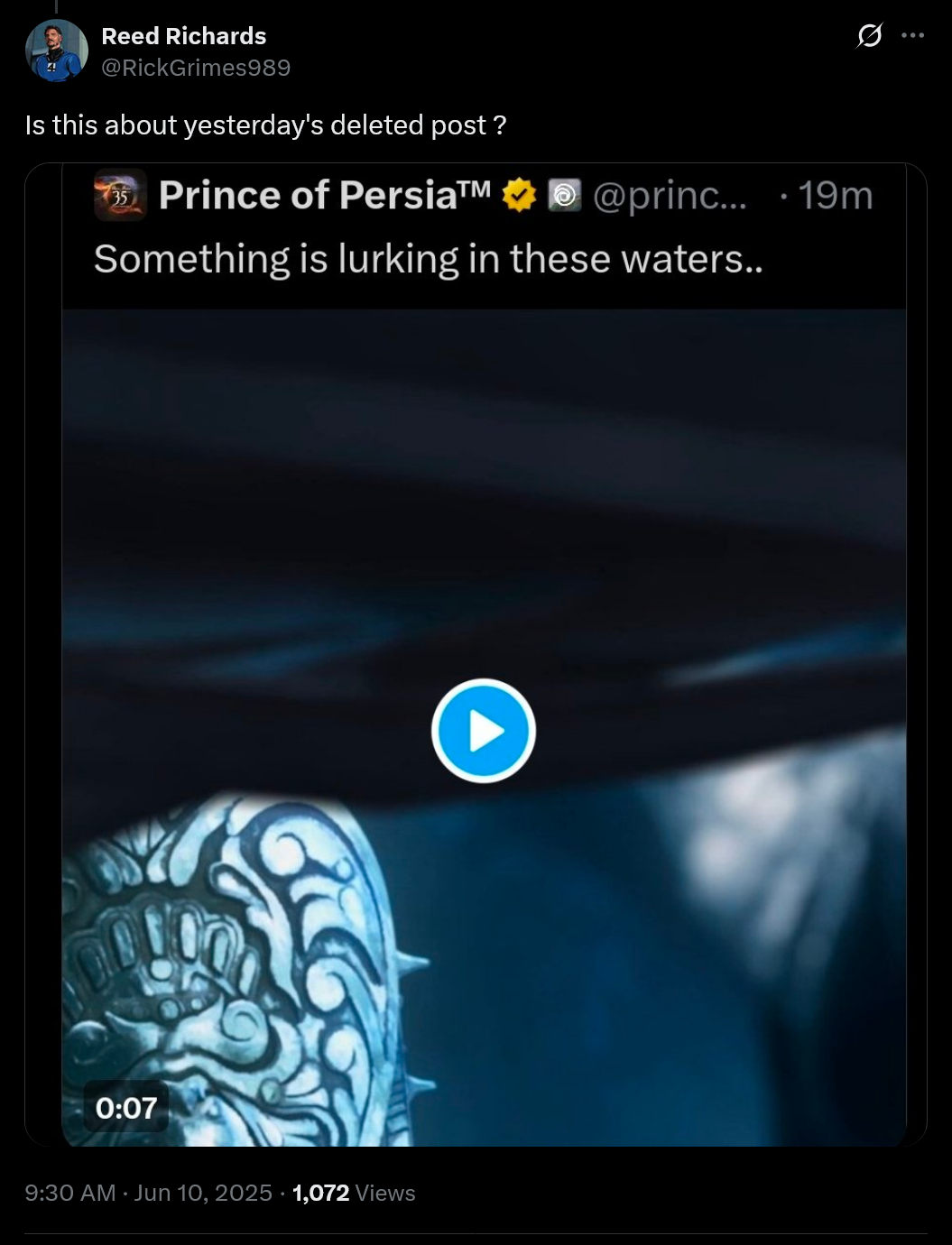
![Me when someone posted a teaser to the wrong account...[Sorry everyone, we know you're excited!] 💖](https://cdn.mos.cms.futurecdn.net/2sx9sNJsFYWCXBGWSw7UXj.jpg)
